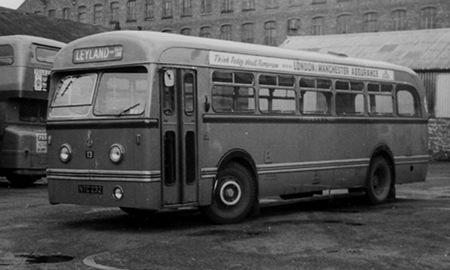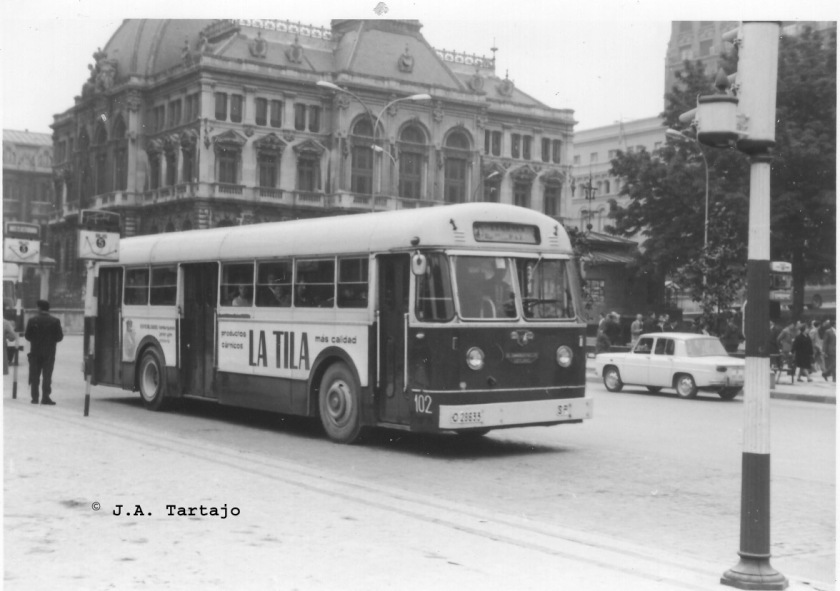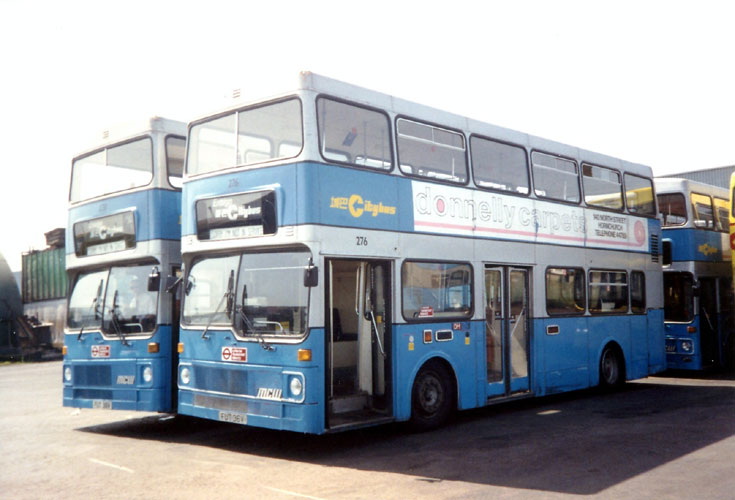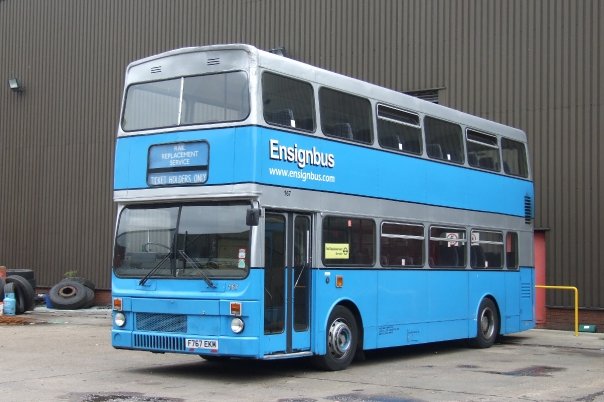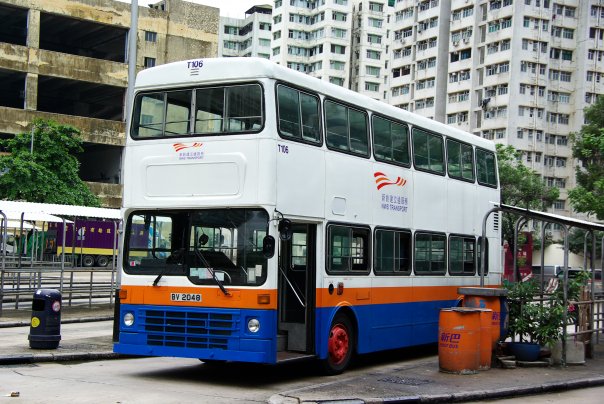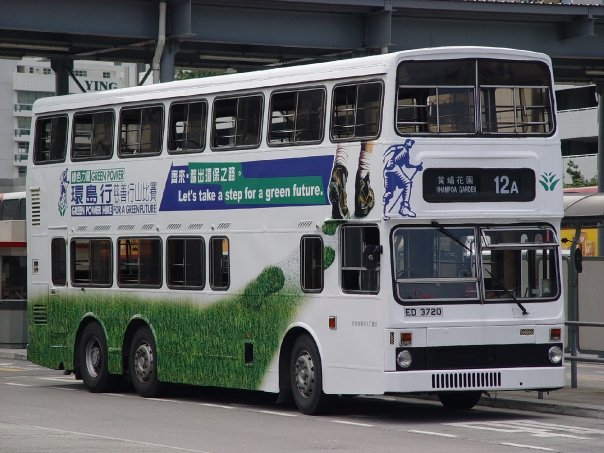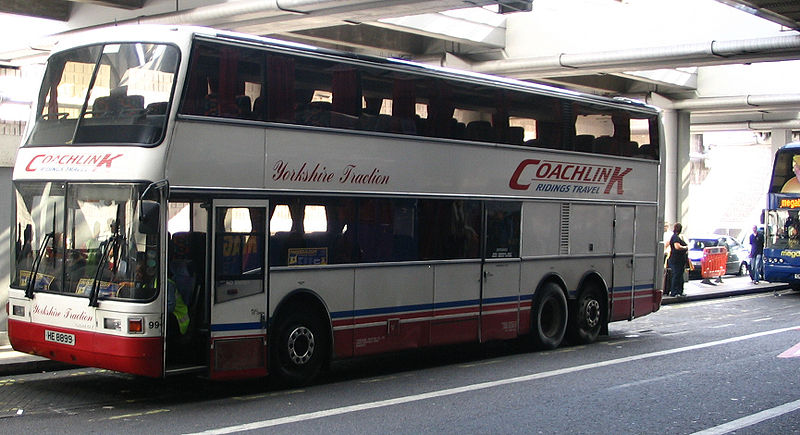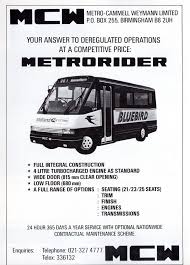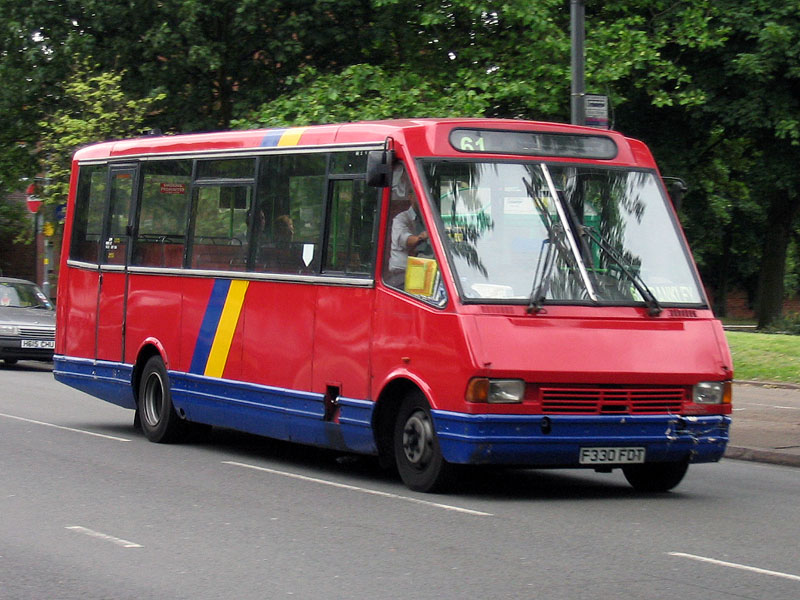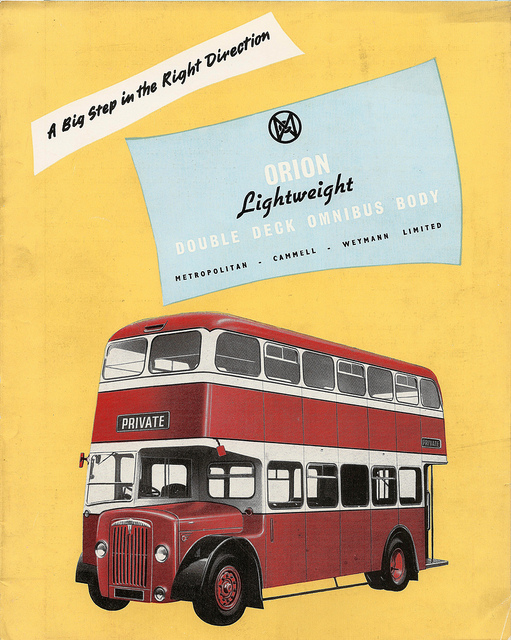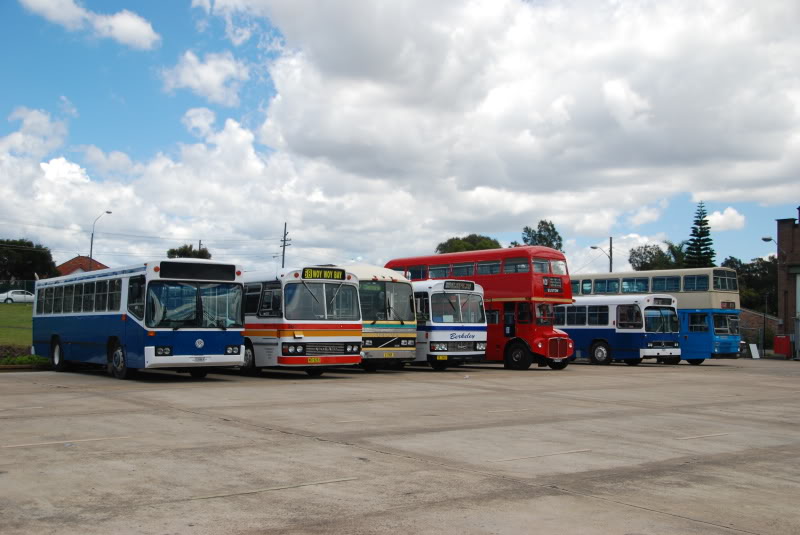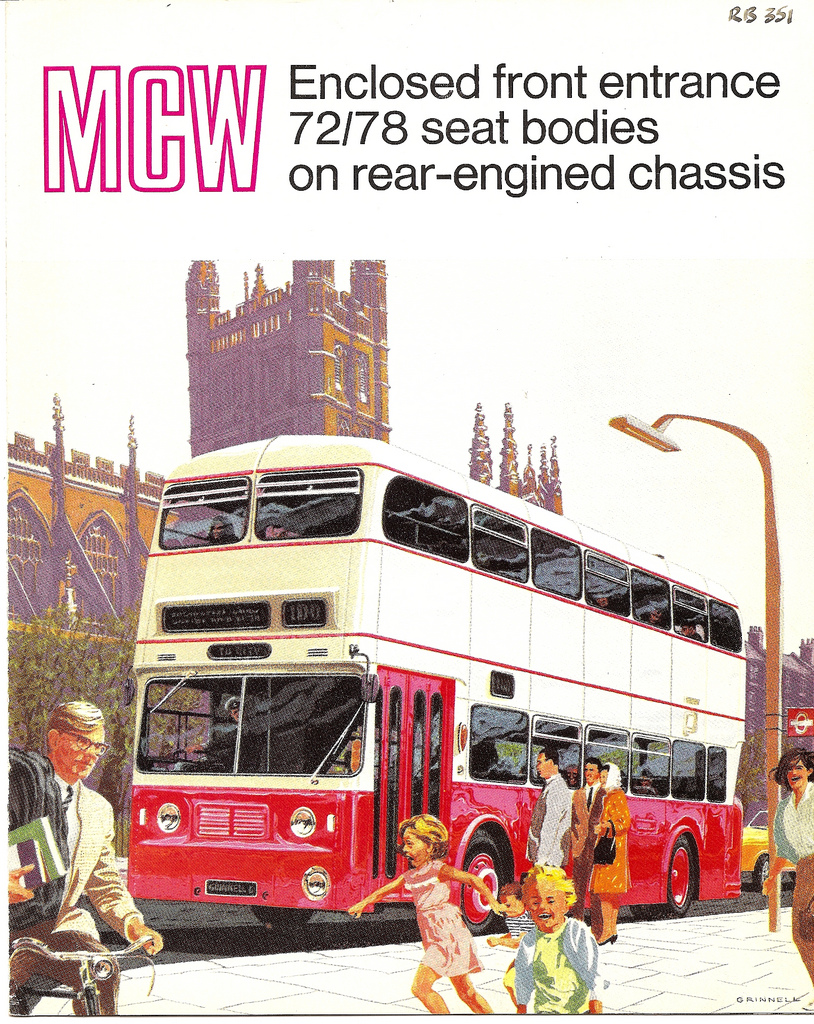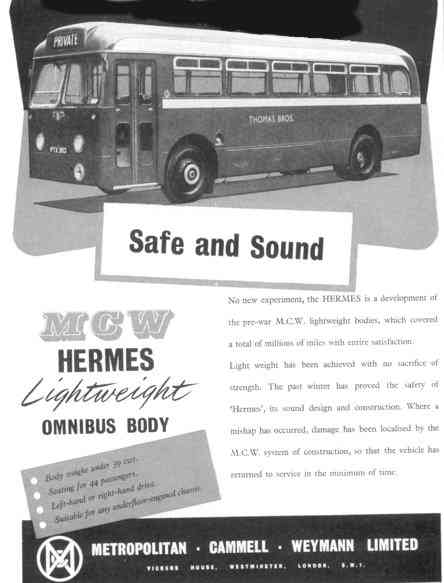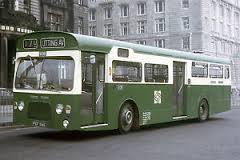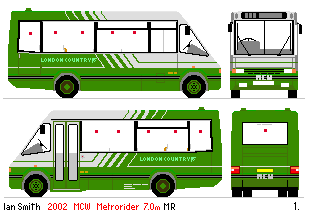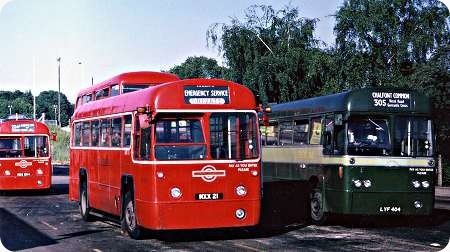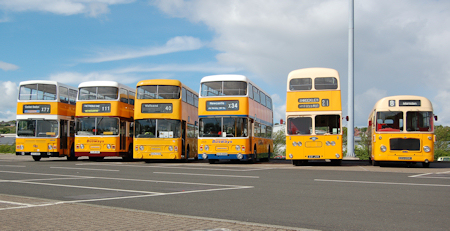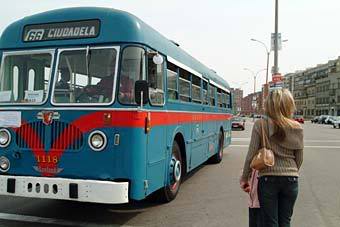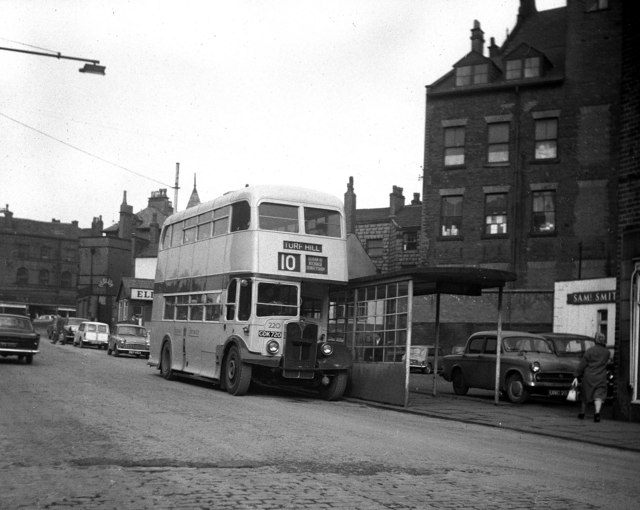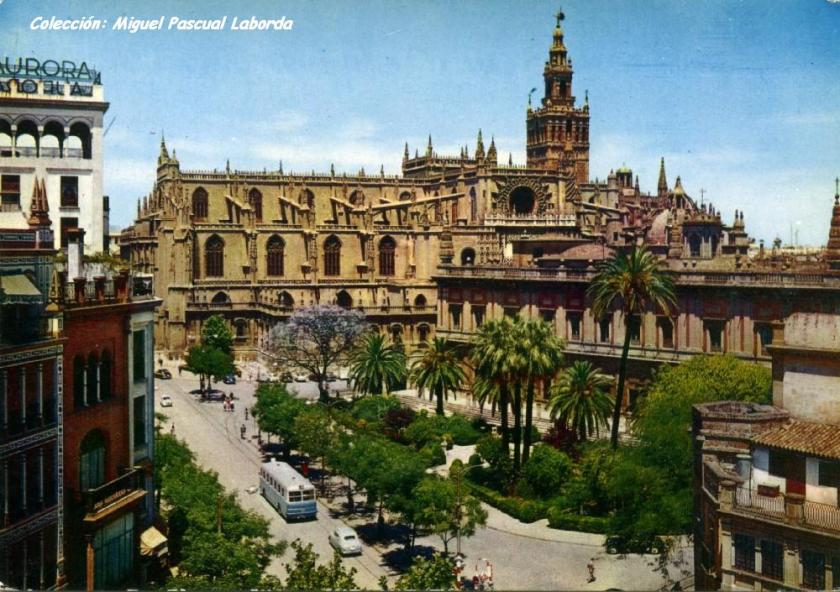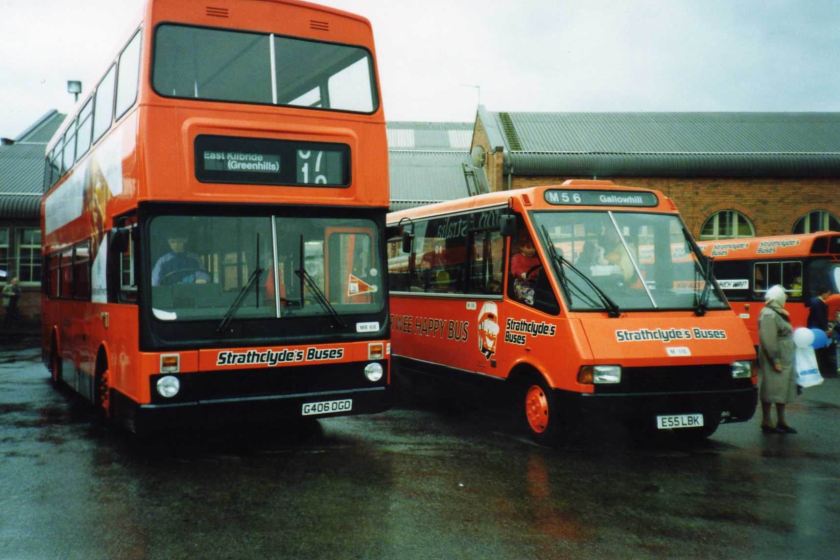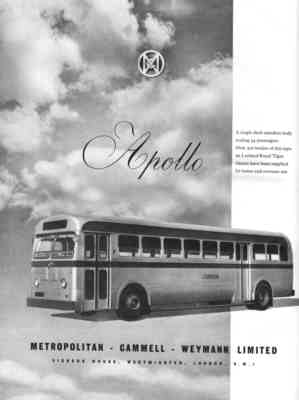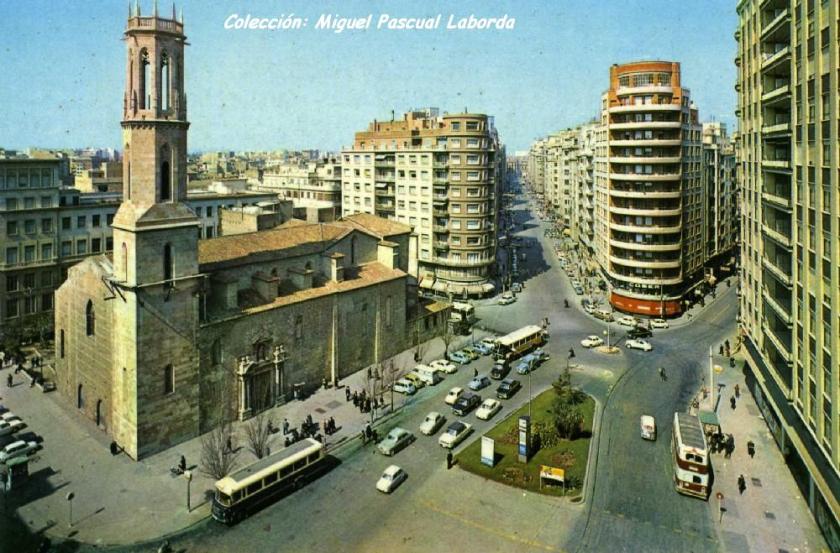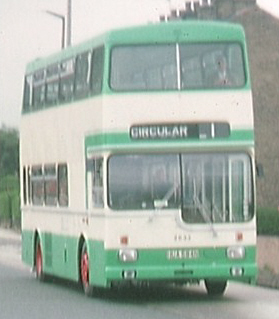Metro Cammell Weymann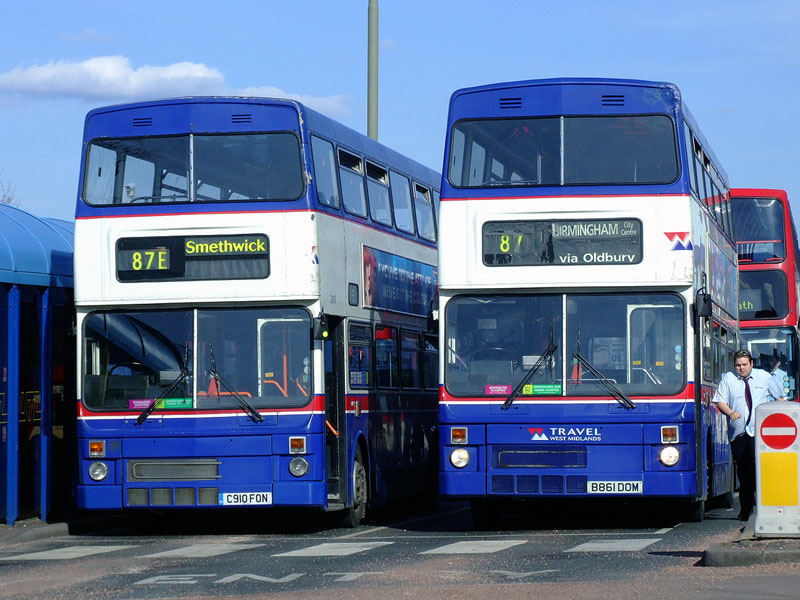 Travel West Midlands MkII Metrobuses seen in Dudley.
Travel West Midlands MkII Metrobuses seen in Dudley.
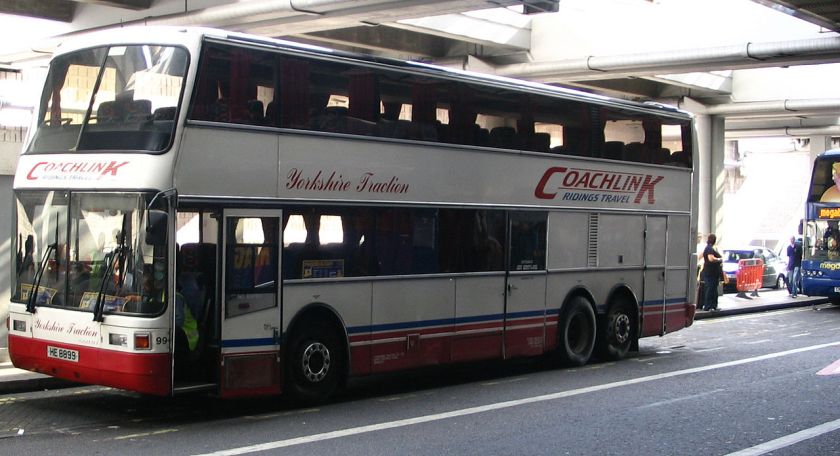
Metro Cammell Weymann (MCW) was once a major player in transportation manufacturing in the UK and Europe. It was formed in 1932 by Weymann Motor Bodies Ltd and Metro Cammell‘s bus bodybuilding division to produce bus bodies.
MCW bus bodies were built in Metro-Cammell’s and Weymann’s factories until 1966 when Weymann’s factory in Addlestone was closed (the Metro-Cammell and Weymann brand names were dropped in the same year). From 1977 MCW also built bus chassis.
In 1989 the Laird group decided to sell its bus and rail divisions. No buyer for the complete group could be found so each product was sold separately. The Metrorider was bought by Optare who relaunched it as the MetroRider; the Metrobus design was bought by DAF(chassis) and Optare (body), who jointly reworked it into the Optare Spectra. The Metroliner design was acquired by Optare though not pursued. The Metrocab was bought by Reliant. Metro-Cammell’s rail division and the Washwood Heath factory went to GEC Alsthom (now Alstom)
Bodies
- London Transport RLH
- Orion series
- London Transport’s DMS body built in partnership with Park Royal throughout the 1970s.
- West Midland PTE’s standard bus body in the 1970s on both the Daimler/Leyland Fleetline (again built in partnership with Park Royal) and theBristol VR.
- A generic double deck body range built in the 1970s on Leyland Atlantean and Daimler Fleetline chassis with notable customers being Liverpool Corporation and Tyne & Wear PTE.
Chassis/Complete buses
- Metro-Scania – semi-integral single decker using Scania running units
- Metropolitan – semi-integral double decker based on Scania running units
- Metrobus – double decker
- Mark 1
- Mark 2
- Mark 2A
- Note: also bodied by Alexander (mainly for the Scottish Bus Group and the Merseyside/West Yorkshire PTE’s) and Northern Counties (forGreater Manchester PTE)
- Metroliner – single and double deck coach
- Metroliner – Semi-integral 4.23 m high double deck coach
- Metroliner 400GT – integral 4 m high double deck coach
- Metroliner – Semi-integral 3.2 m high single deck coach
- Metro Hiliner – Integral 3.4 m high single deck coach
- Metrorider – midibus
Others
- Metrocab – London taxi cab
MCW Metrobus
| MCW Metrobus | |
|---|---|
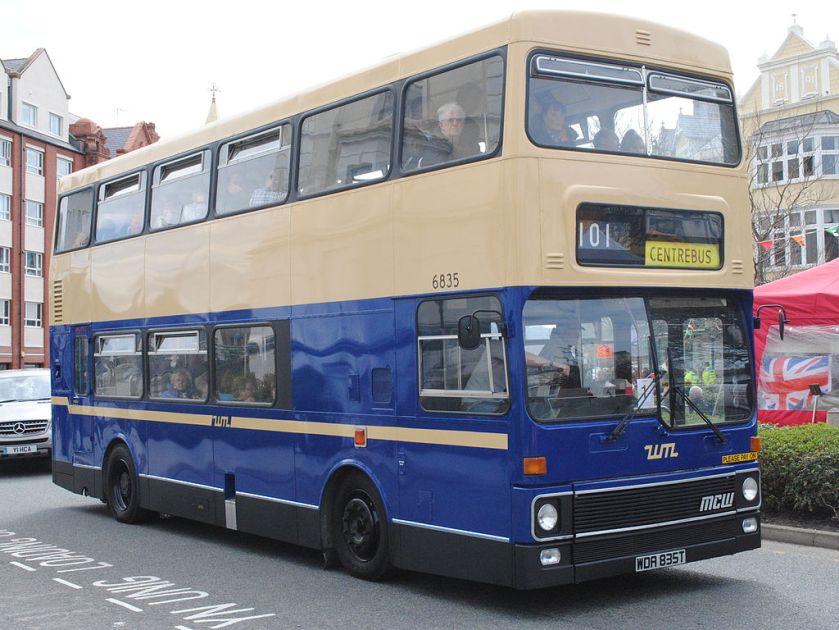
Preserved West Midlands Passenger Transport Executive MCW Metrobus Mk1 in May 2013
|
|
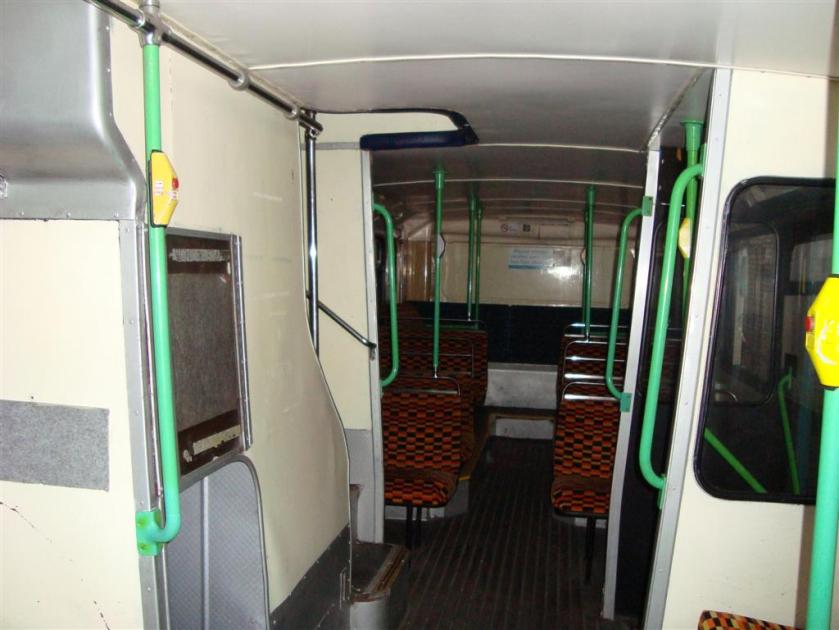
Arriva Buses Wales Metrobus Lower Saloon Interior
|
|
| Overview | |
| Manufacturer | Metro Cammell Weymann |
| Body and chassis | |
| Doors | 1 to 3 |
| Floor type | Step entrance |
| Powertrain | |
| Engine | Gardner 6LXB Gardner 6LXCT Gardner 6LXDT Rolls-Royce Eagle 220 Mk III Cummins LT10 Cummins LTA10-B282 |
| Transmission | Voith DIWA851 Voith DIWA851.2 Voith DIWA854 Voith DIWA864G Maxwell |
| Dimensions | |
| Length | 9.7m, 11.0m, 11.3m or 12.0m |
| Width | 2.5m |
The MCW Metrobus is a double decker bus model manufactured by Metro Cammell Weymann (MCW) between 1977 and 1989, with over 4,000 examples built. The original MkI model was superseded by the MkII model (which had a symmetrical windscreen) in 1981, although production of the original MkI continued for London Transport until 1985. The Metrobus was conceived as an integral product manufactured completely by MCW, but Alexander and Northern Counties also bodied some examples.
MCW planned to produce a single deck version but this was not to come into production.
United Kingdom

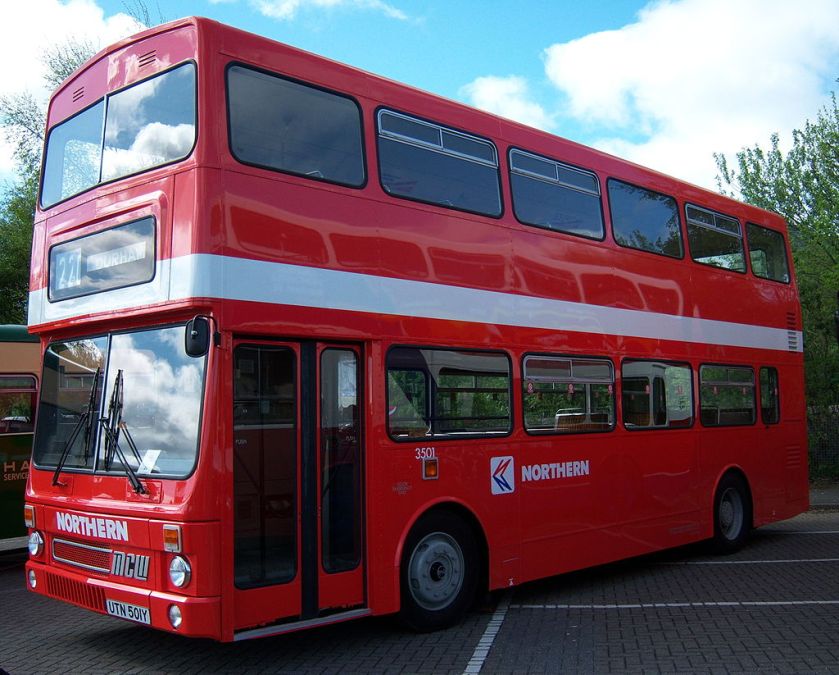
Preserved Northern General Transport Company Metrobus MkII in May 2009
In the United Kingdom, the Metrobus was mainly used in the metropolitan areas, especially London and the West Midlands.
London
London Transport purchased 1,440 MkI examples between 1978 and 1985, numbering them M1 to M1440. Two MkII prototypes were delivered to London Transport as M1441 and M1442 in 1984, but there were no further orders. In 1987 and 1988, 14 secondhand Metrobuses were purchased from Greater Manchester PTE, West Yorkshire PTE and Busways. London Transport’s low-cost subsidiary Harrow Buses leased 29 new MkII Metrobuses in 1987, but had to return them to their lessor three years later. London Transport’s Metrobuses were the mainstay of the double decker fleet between 1987 and privatisation in 1994, when most of them passed to seven of the new operators.
MTL bought the London Northern company, with a host of Metrobuses. It acquired more when it took over London Suburban Buses, and including some ex-London examples from its Merseyside operation. Garages were at North Acton, Holloway and Potters Bar. Metroline Northern perations in London dwindled during 2002, with Ms replaced by low-floor buses on most routes. Some clung through 2003 on as deputising on the AEC Routemaster routes, but operation on TfL services ceased in March 2004. Potters Bar was the last outpost, where a handful remained on other services until May 2005; where the Volvo Olympians took over.
London General reached the end with Metrobuses in normal service in February 2003, when Stockwell’s last were withdrawn. This still left a couple for special purposes (M1440 at Sutton and the “spotted cow” liveried M1435). There was still a crowd of white-blouse and grey-skirt training buses too, which were mainly moved out from their comfy homes to the Plough Lane open-air space, to make room for the new larger fleet of low-floor WVLs. There is an open-top MCW Metrobus for use by hire in London General; it was also replaced by the withdrawn NVs that left route 74 with a lurch.
First Centrewest, First Capital and London United also reached the end with Metrobuses in normal service in 2003.
Arriva London also continued using Metrobuses until these were finally displaced in 2002/03.
Some of the MCW Metrobuses were converted to open-top for use by The Original Tour, which is classed as MB class. These were withdrawn by December 2007, replaced by modernised buses. London Pride Sightseeing also has MCW Metrobuses, but these were sold to Ensignbus.
By 2014, there were no MCW Metrobuses licensed for use in London.
West Midlands
The West Midlands PTE and its successor, West Midlands Travel, also purchased significant numbers of Metrobuses (over 1,100), both MkI and MkII examples. These included five prototype vehicles (allocated to Washwood Heath depot near the MCW factory so they could see the vehicles performance in service) and 50 dual-purpose Metrobuses with high-back seats, purchased in 1986. Many of these buses were converted to normal seated buses and continued in service until November 2008. They were mainly used on limited-stop services. Fourteen guided buses were delivered for route 65 (branded Tracline 65), which was the first guided bus system in UK, although the experiment only lasted a couple of years. All of the 14 guided buses were converted for conventional use.
In early 1995 Marshall Bus of Cambridge were contracted to overhaul all of West Midland Travel’s Metrobus fleet. This was the largest used bus overhaul programme in Europe at the time and Marshalls set up a dedicated business division and staff to handle it. Many unavailable parts had to be sourced and made to original patterns by the Marshall procurement team. A production line was established in one of Marshall’s aircraft hangars and anything up to 30 Metrobuses could be found in work at some stage along the line. Duration of refurbishment of each bus was usually 2-3 per week. No powerline items were included with the result that original engines were simply put back in the overhauled buses as they were. This had the effect that as the vehicles were driven from the West Midlands to Marshalls at Cambridge and driven back once completed, they frequently broke down. Over 600 mainly MkII metrobuses were overhauled and the contract ended abruptly in 1999 due to lack of confidence in Marshall Bus over delays with WMT orders for their new single deck buses. As a result of the unique experience gained by Marshall Bus on the Metrobus programme, they won a similar contract to overhaul Transport for London AEC Routemasters starting in 1999.
The last public service ran the 1 service from Birmingham Town Hall to Acocks Green Village, arriving back at Acocks Green Garage at 15:25 on 24 July 2010 and was bus 2903 C903FON. A Metrobus Farewell event was held at Acocks Green on that day and all three of the last Metrobuses were operated, these were 2832, 2903 & 2988 (B832AOP, C903FON & E988VUK). All cash fares taken on the day were donated to Cancer Research UK.
The Green Bus still operate various former Harrow Buses MkII and former National Express West Midlands Mk-IIA Metrobuses on both school services and commercial services.
South Yorkshire
South Yorkshire Passenger Transport Executive (SYPTE) purchased over 100 examples between 1981 and 1985. The SYPTE standard fully sprung seats were fitted along with 20 MkIIs having coach seats for express work. The vehicles were noted for quick acceleration although had distinctive engine noise and were rust prone around the engine bay.
The Metrobus also found sales to National Bus Company companies prior to privatisation, Maidstone & District Motor Services and Northern General Transport Company purchased significant numbers.
Hong Kong
Early introductions
In Hong Kong, the China Motor Bus (CMB) introduced 12 Metrobuses (MC1-MC12) in 1978 for its luxury coach services (which covered the routes between Repulse Bay, Stanley and theCentral District). Within a year, MCW produced an 11-metre 2-axle version of Metrobus. Only 40 were produced all for CMB as MB1-MB40 in 1978/79. The MB class were allocated mostly on express and cross-harbour services. Both batches of CMB Metrobuses had MkI bodies.
1980s
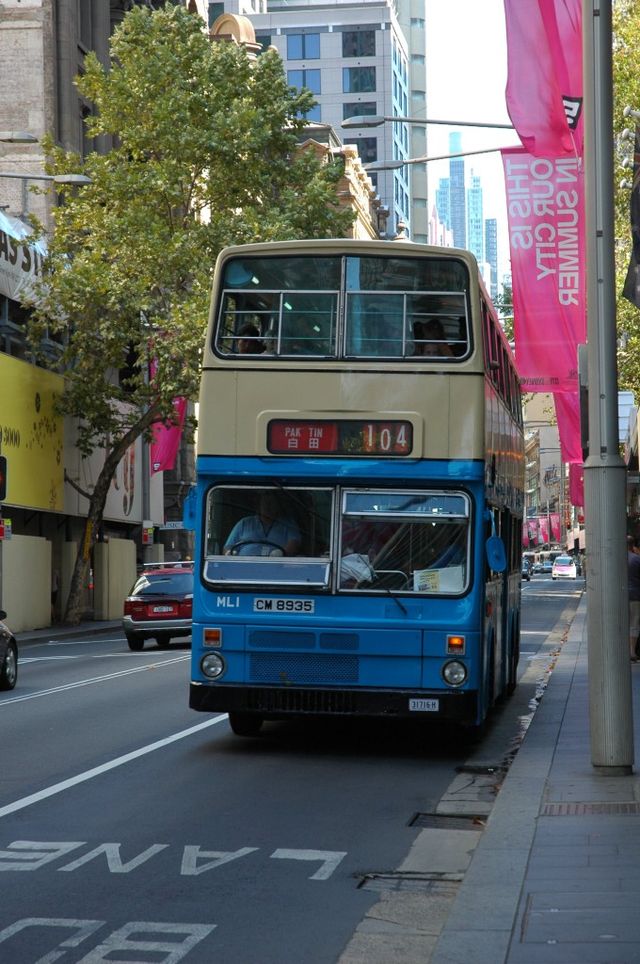
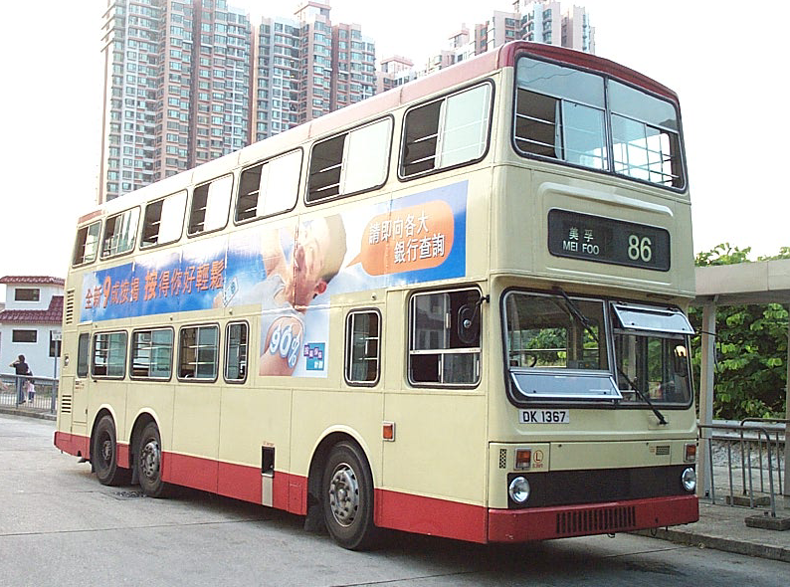
Kowloon Motor Bus 3-axle MCW Metrobus MkII (11m)
In 1981, MCW produced prototypes of 3-axle, 12-metre long “Super-Metrobuses”. Two were purchased by CMB as ML1-ML2 and three by Kowloon Motor Bus as M1-M3, later renumbered 3M1-3M3. All were bodied with MCW MkII bodies. CMB purchased a further 82 (ML3-84) between 1983 and 1988, while KMB purchased 80 2-axle Metrobuses (M1-M80, with MkII bodies) between 1983 and 1985.
While KMB was not interested in the 12-metre version Super-Metrobuses, they did express their interest in an 11-metre 3-axle version (the CMB 11-metre version Metrobuses were 2-axle) with 254 11-metre 3-axle Metrobuses (S3M1-254) purchased between 1986 and 1989. Fifty of these buses were fitted with Cummins engines, and another one (later numbered S3M145) was originally fitted with a prototype air-conditioner, but this proved unreliable and was subsequently removed.
Between 1987 and 1989, Kowloon-Canton Railway Corporation (KCRC) also purchased 59 2-axle Metrobuses for their feeder bus services. 39 of them (101-139) were brand new with MkII bodies, while another 20 (140-159) were second-hand buses purchased from South Yorkshire PTE) with MkI bodies.
Argos Bus purchased 6 Metrobuses for their non-franchised routes and private hire services between 1988 and 1989. They were from the same batch as those bought second-hand by KCRC.
KMB purchased eight further 2-axle Metrobuses (M81-M88) in 1989. These buses were fitted with Cummins LTA10-B282 (282 hp) engines and Voith D864G 4-speed gearbox, and were used on the hilly KMB Route 51 (between Tsuen Wan and Kam Tin, climbing Tai Mo Shan along its way). Later KMB fitted some of its older Metrobuses with Cummins engines, in order to avoid excess damage to buses running the hilly route.
Withdrawal
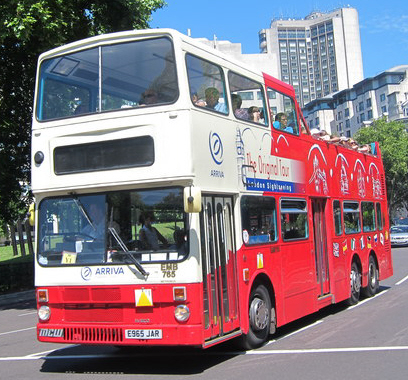
The Original Tour MCW Super Metrobus 12m MkII in London in June 2011
The MkI second-hand Metrobuses were the first to be withdrawn, and all of them have now been scrapped. Many of the KCRC ones were loaned to Citybus for few years before final withdrawal.
CMB removed its MC-class Metrobuses from the luxury routes after introducing Dennis Darts for the service in 1991, preserving the seating layout. These Metrobuses were allocated to non-luxury routes in the Southern District, Hong Kong, as well as route 13 serving the “Mid-levels“. Although CMB was the first to introduce Metrobuses, it withdrew only 3 of them (all were accident victims) before the end of its franchise in August 1998. Its earliest Metrobuses were 20 years old at that time. New World First Bus purchased all the remaining CMB Metrobuses and Super-Metrobuses when it took over most of the CMB routes, and converted 3 MC-class Metrobuses to training buses. In 2000, the last of the MCW Metrobuses were de-registered, briefly exported to The Original Tour, Big Bus Company or Australia. Some of the MCW Metrobuses were brought back to The Original Tour in the year 2006. As of 2013, the last of the examples from United Kingdom were withdrawn. For Australia, there is a bunch of space for preserved buses from Hong Kong.
KMB allocated its 3 Super-Metrobuses to the New Territories for many years. For example, they were serving on route 61A (which connected Tuen Mun and Yuen Long new towns) right before the KCR Light Rail took over the services. After that, they were seen on route 36A (which connected a public housing estate in Kwai Chung to a ferry pier) until the route’s decline in the mid-1990s. They spent a few further years as spare buses before being withdrawn from passenger service in 1996 and converted to training buses. They were finally sold and scrapped in 2001.
KMB started to withdraw its 2-axle Metrobuses in 1997. Some of them had their chassis damaged due to the fatigue caused during their service on the Tai Mo Shan KMB Route 51, which climbed to the highest altitude achievable by buses in Hong Kong. These were withdrawn by 2003. The 11-metre 3-axle Metrobuses in KMB were not withdrawn until summer 2002.
KCRC also started to withdraw their Mark II Metrobuses in the early 2000s. The last 2-axle Metrobus in Hong Kong (KCRC 134) was withdrawn in October 2005.
The last Metrobus in Hong Kong (KMB fleet number S3M233, license no. EH8559) ceased operation on 8 May 2007. As of mid-2011, no more Metrobuses were licensed and in use in Hong Kong.
End of production
Production of the Metrobus ceased in 1989 with the financial collapse of MCW. The last Metrobus built was West Midlands Travel 3121, it had a message from the builders stating that it was the last one built by MCW and signed by the staff on the inside of the roof.
The Metrobus design was purchased by Optare in 1990, which had recently joined the United Bus group with DAF Bus. Despite owning design and production rights, the two companies heavily reworked the design to produce a new vehicle, the DAF DB250 based Optare Spectra, which was launched in 1991 and ceased production in late 2005.
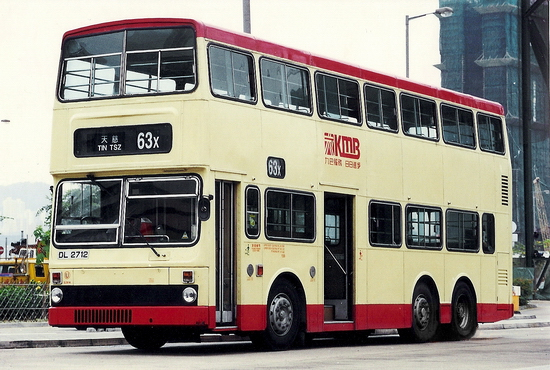
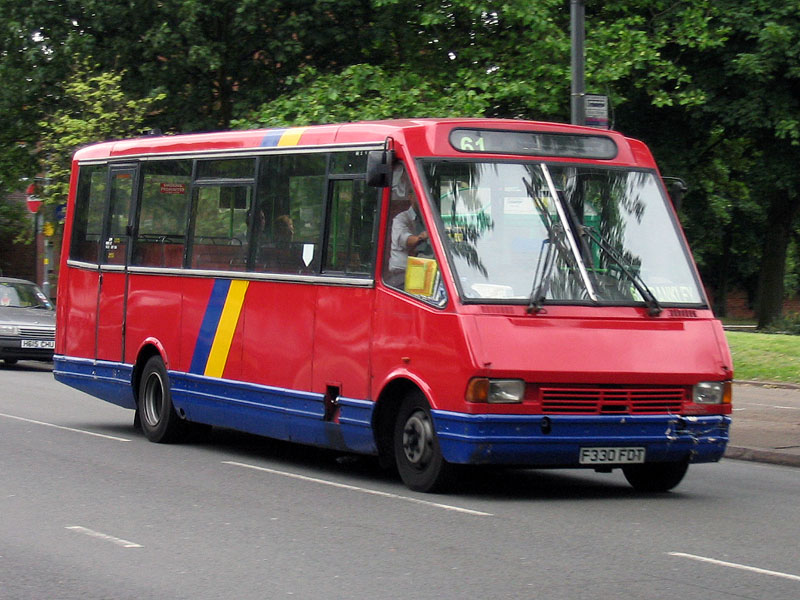
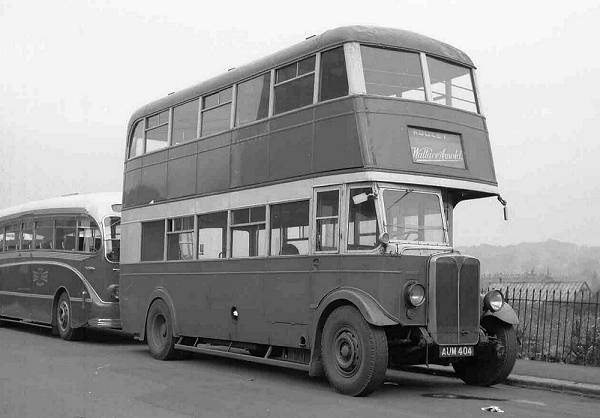
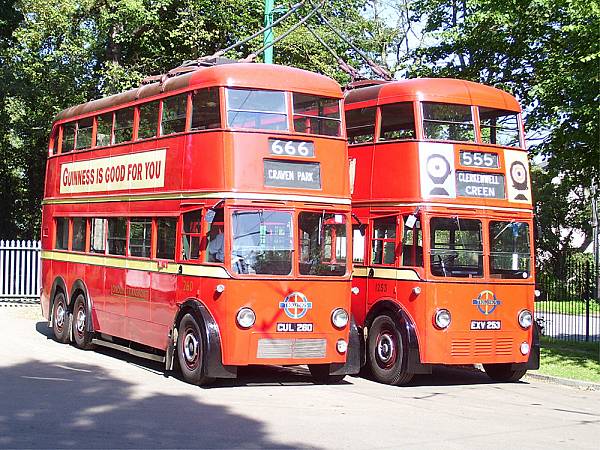
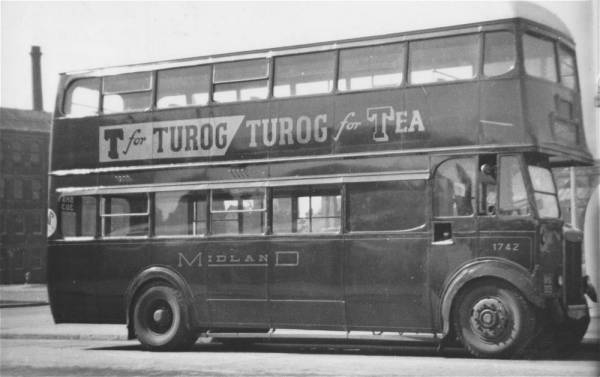
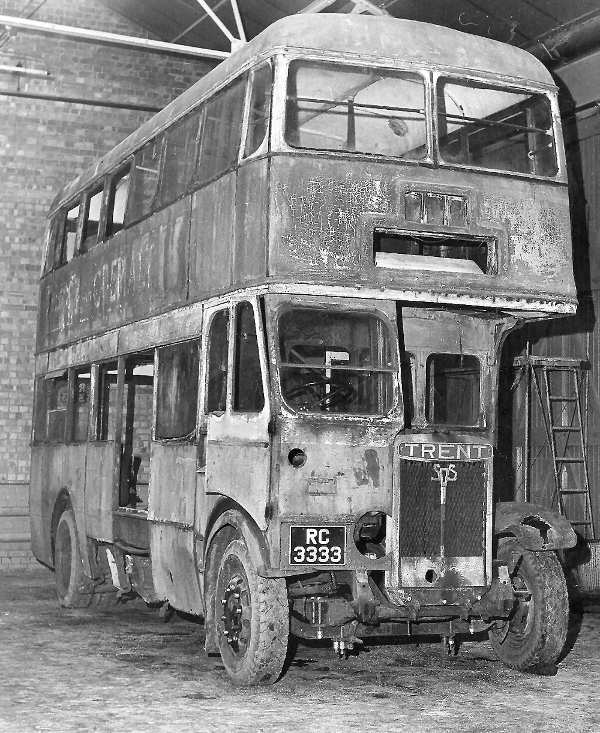
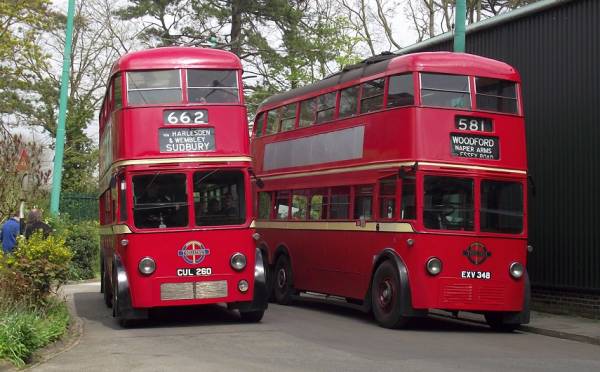
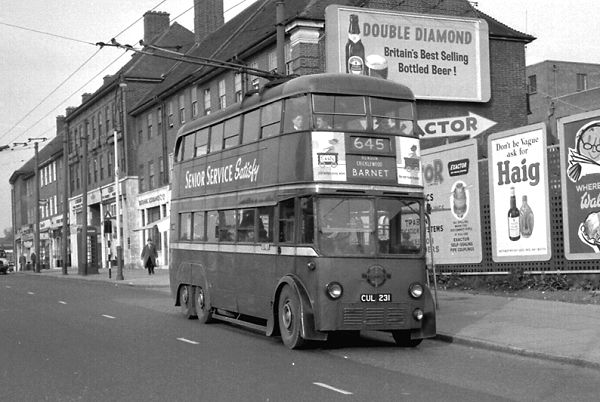
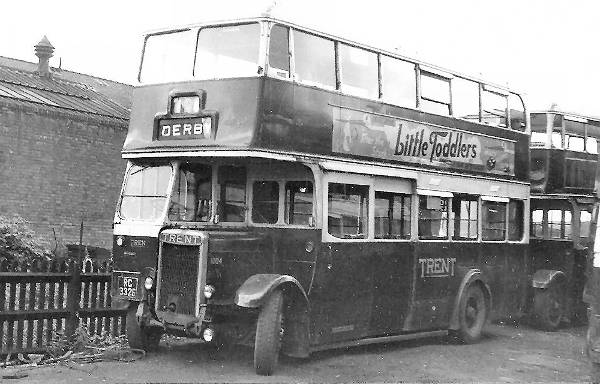
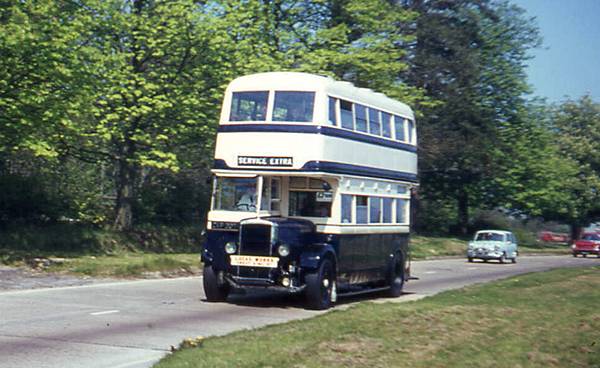
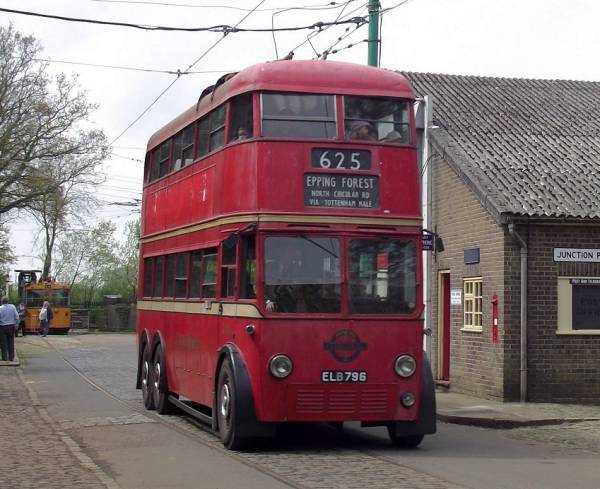
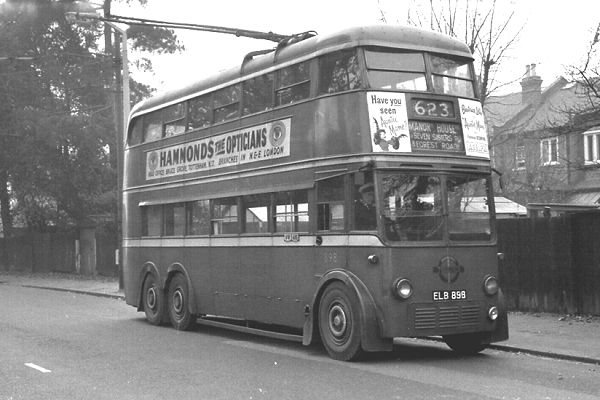
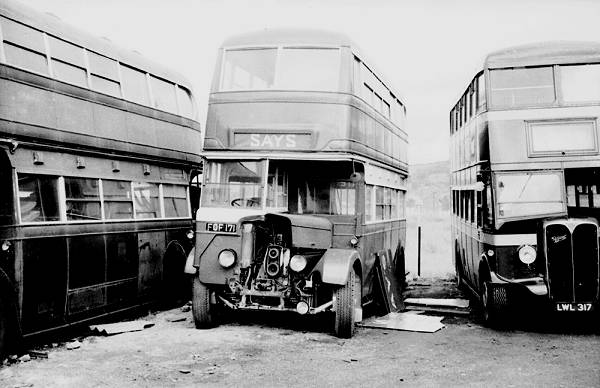
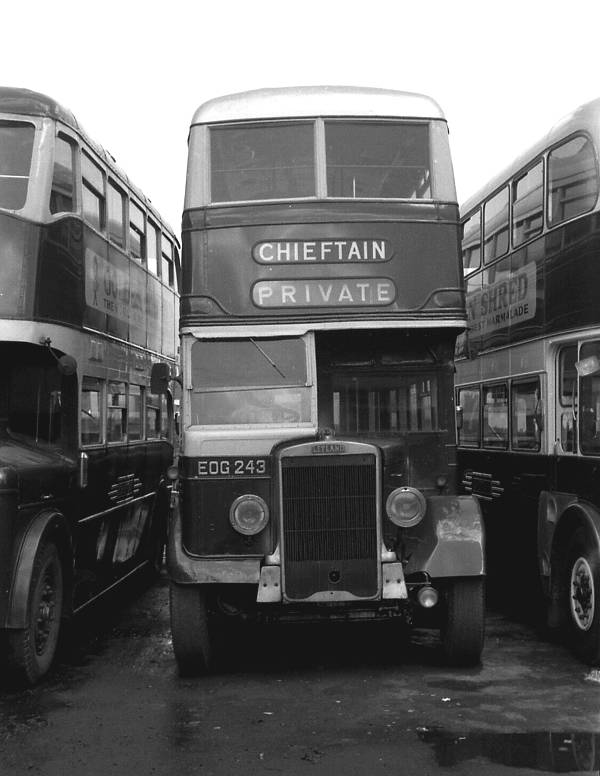
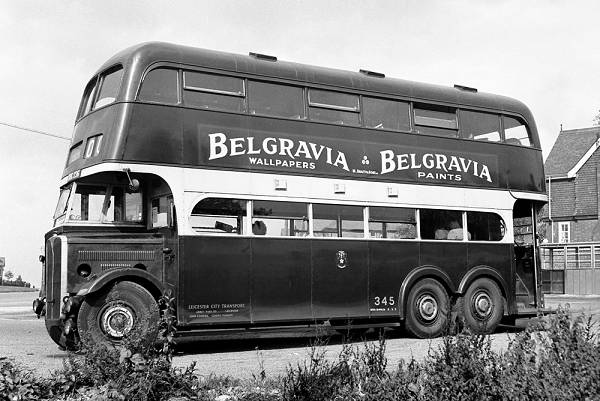
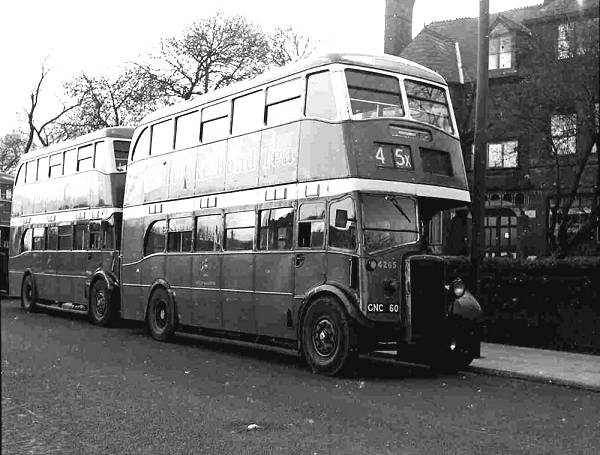
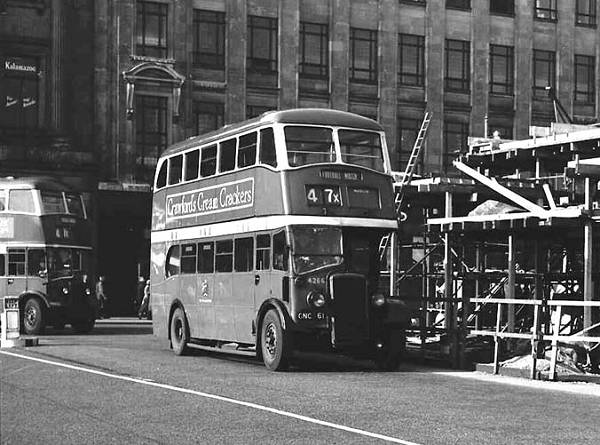
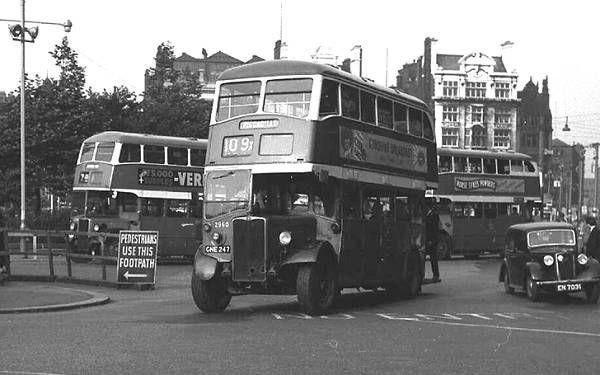
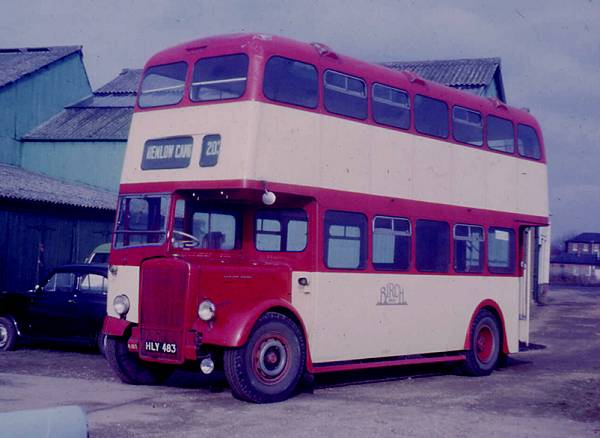
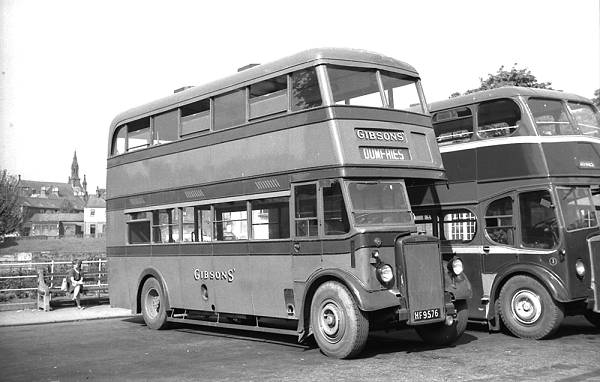
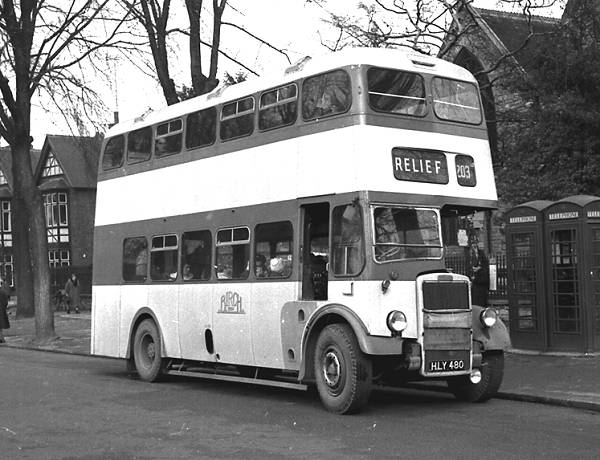
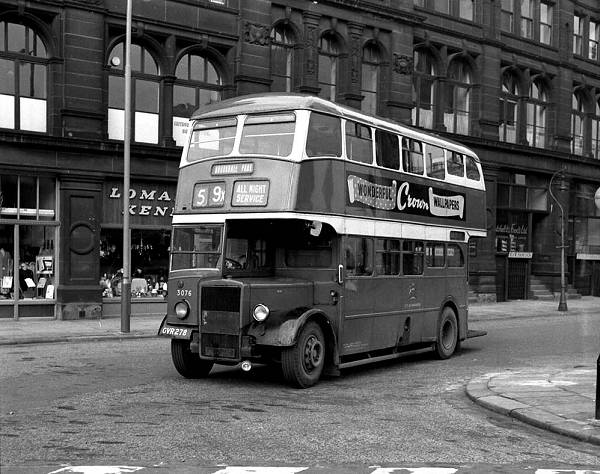
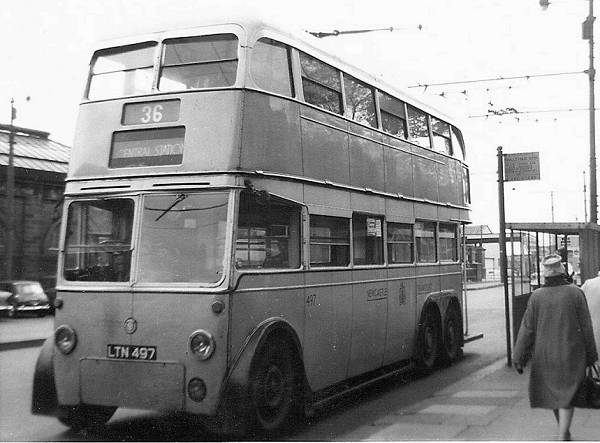
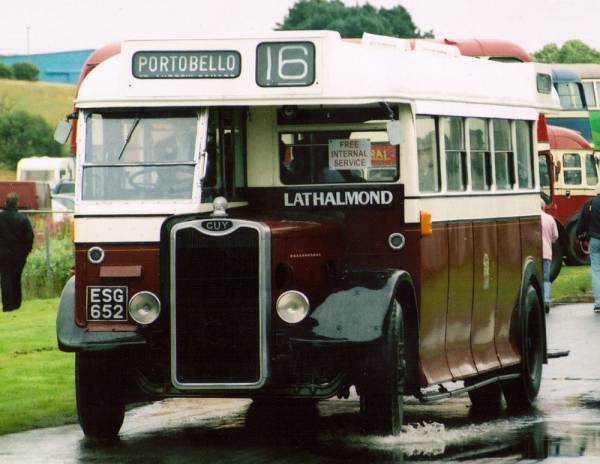
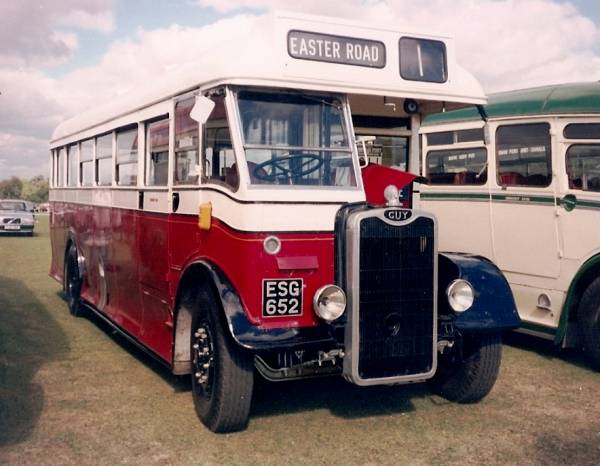
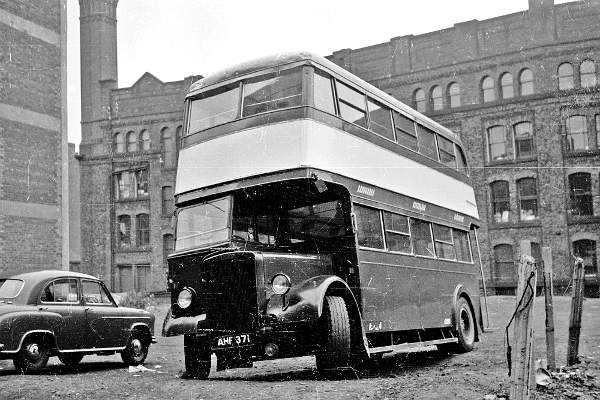

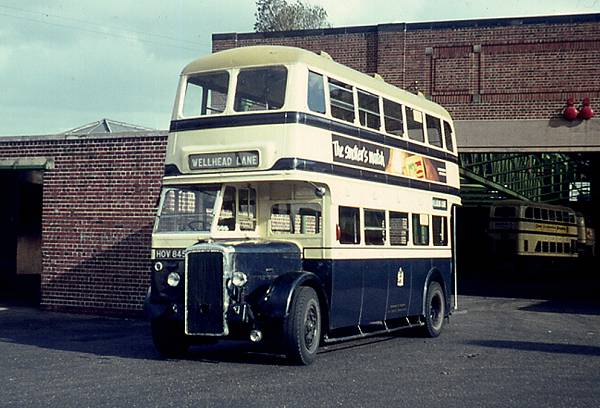
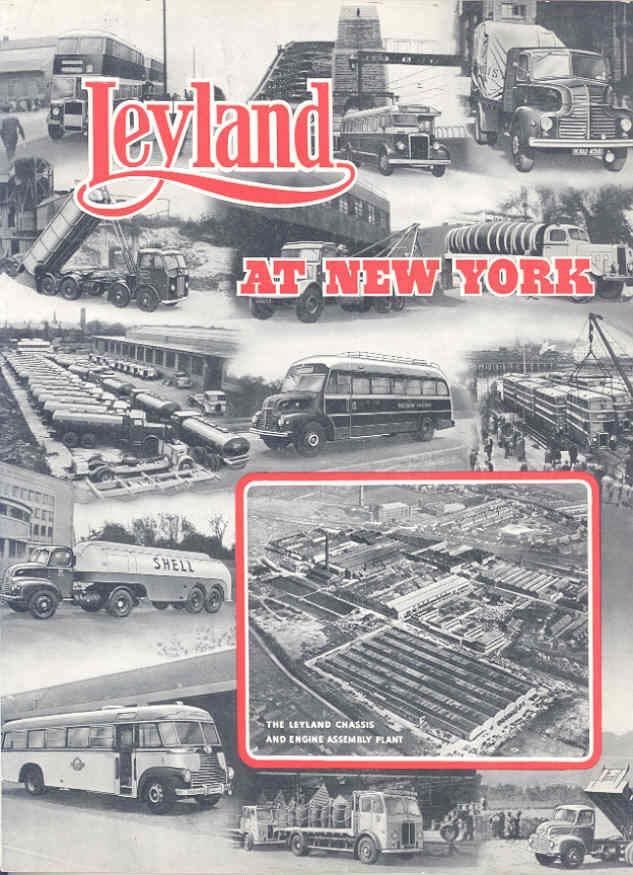
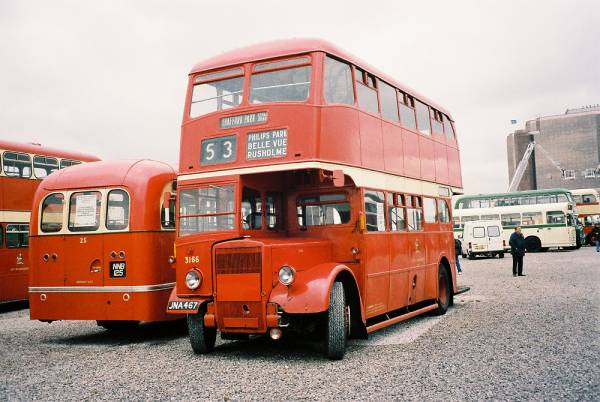
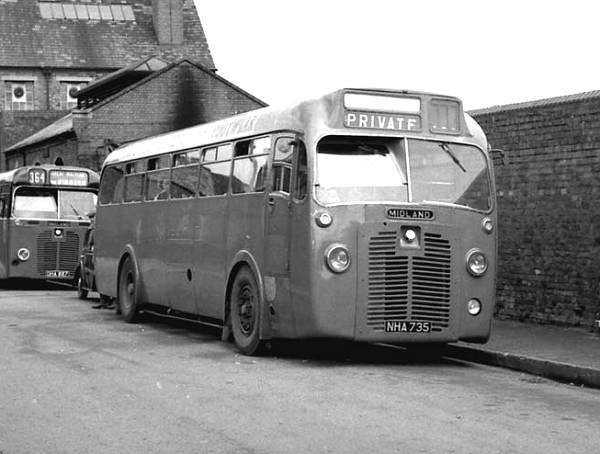
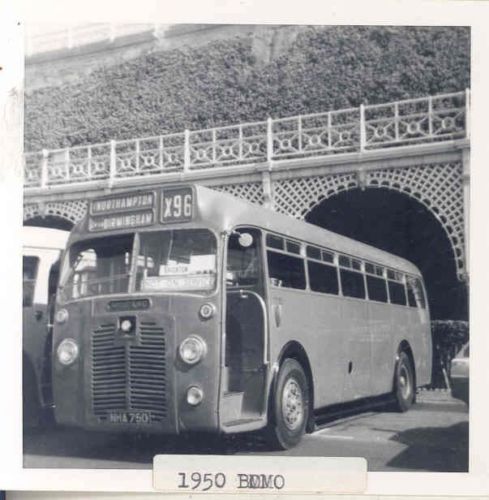
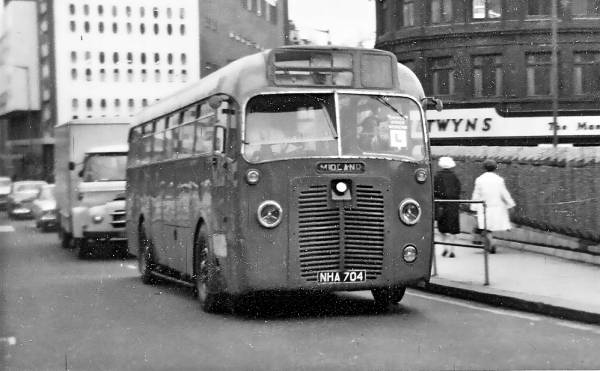
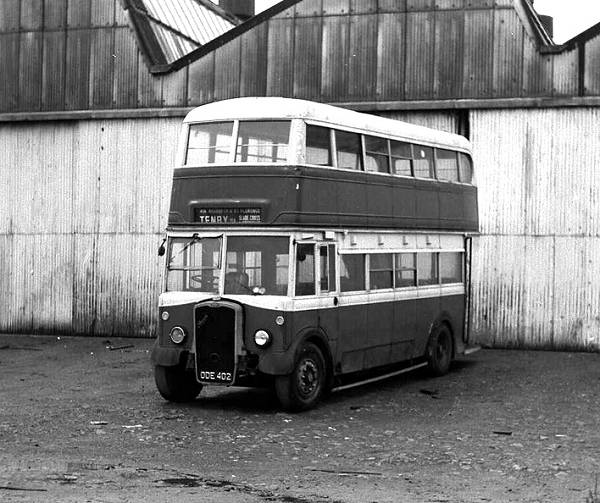
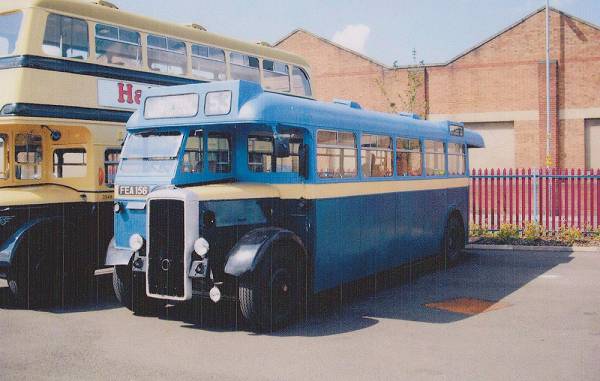
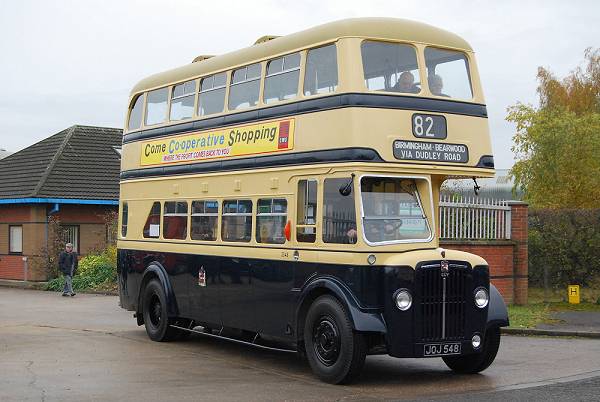
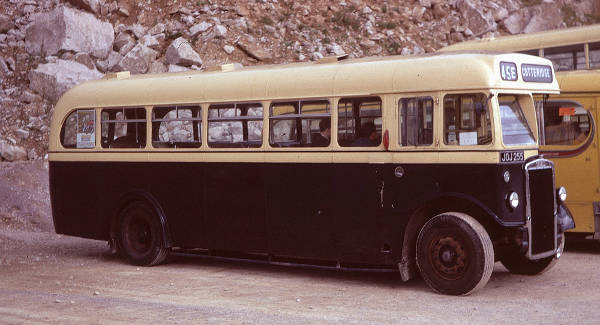
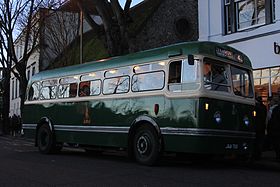
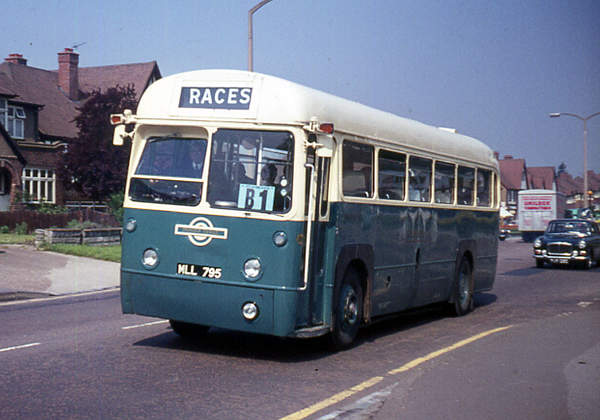
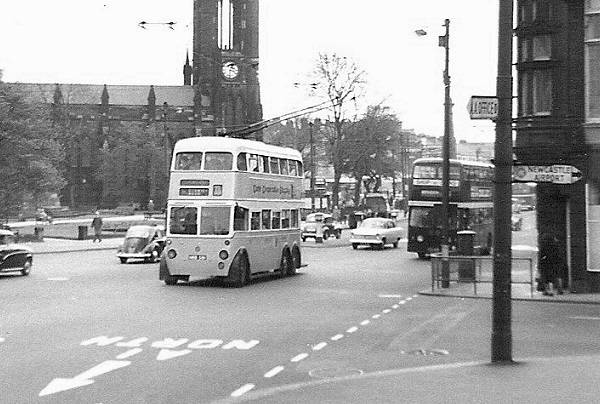
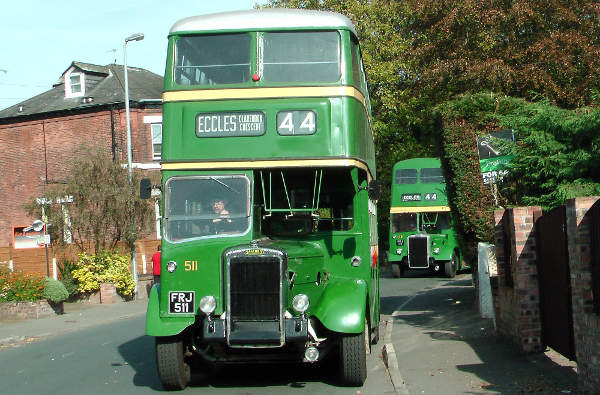
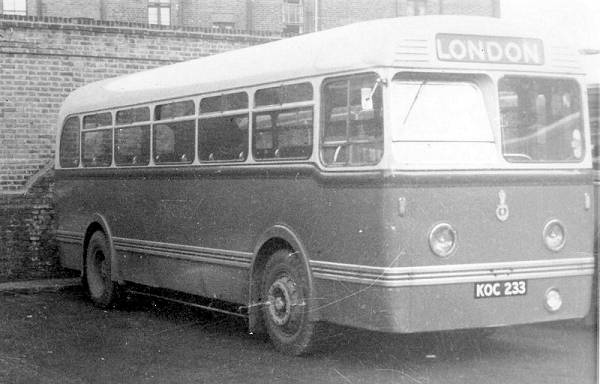
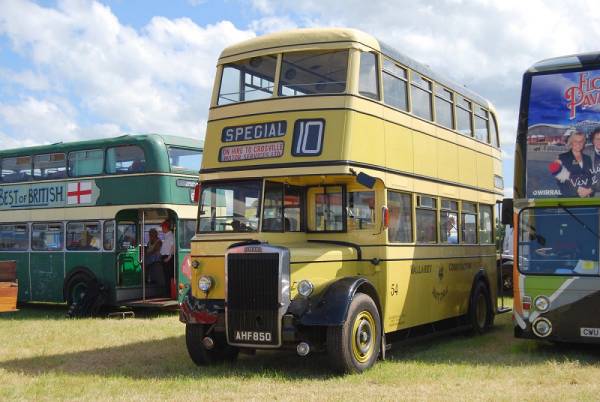
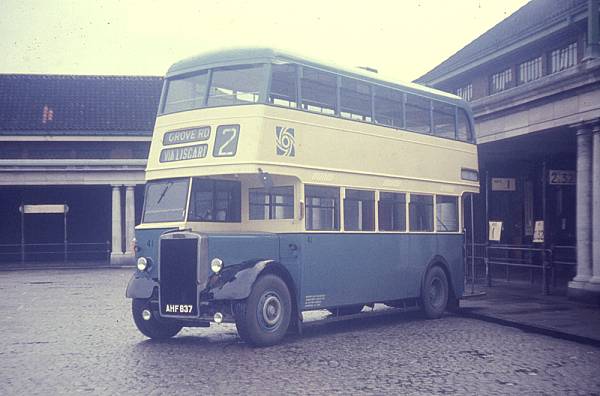

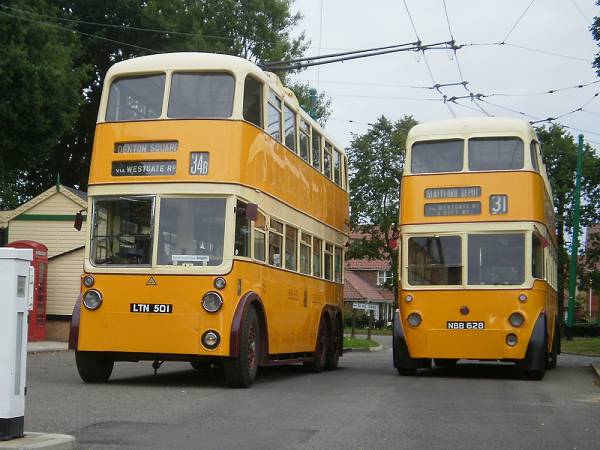
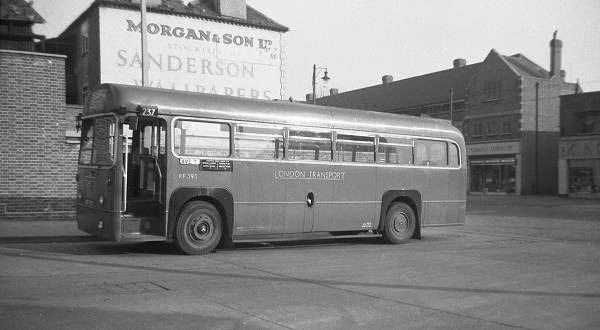
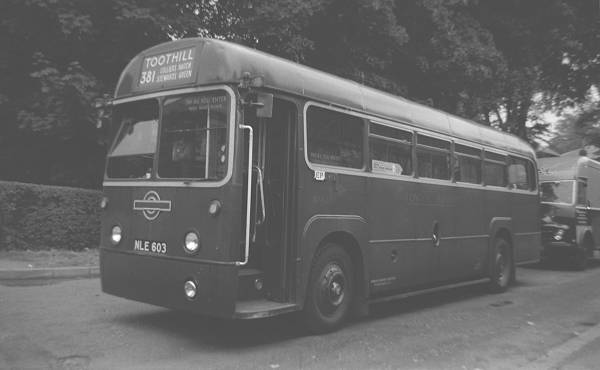
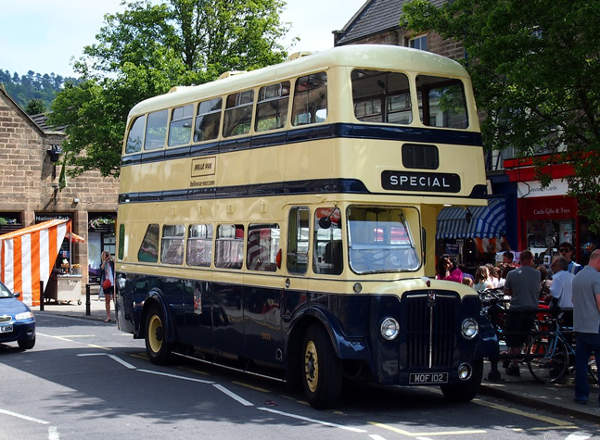
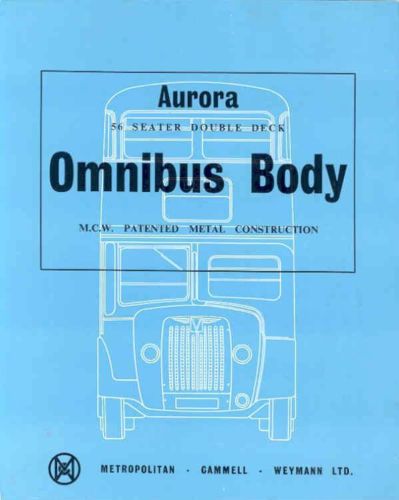
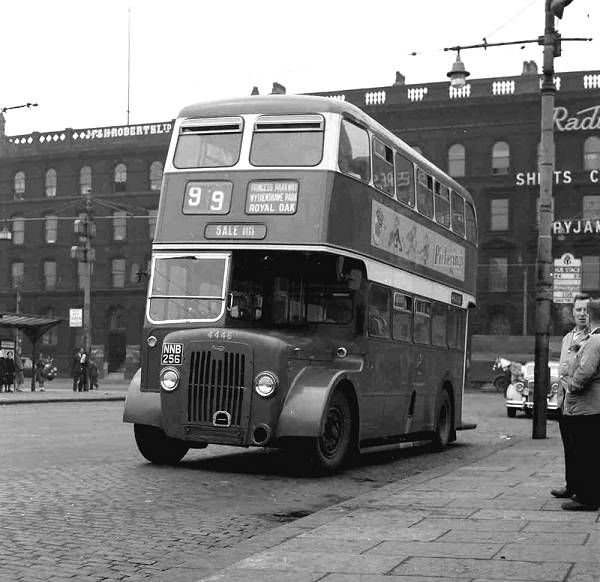
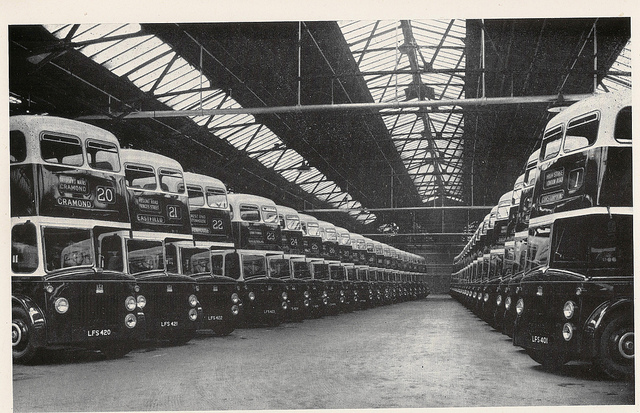
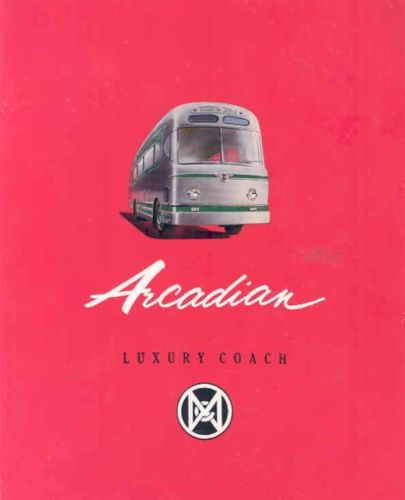
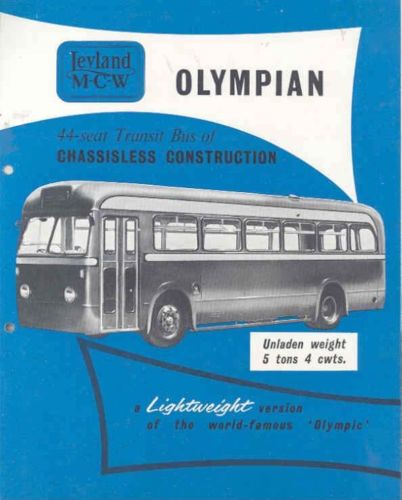
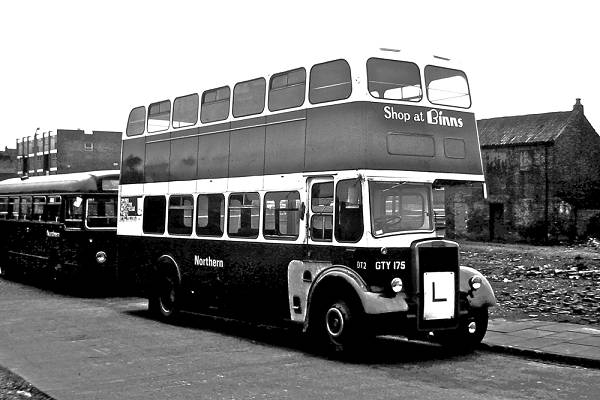
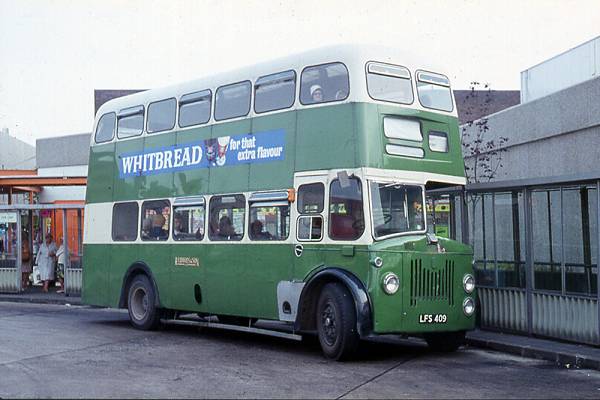
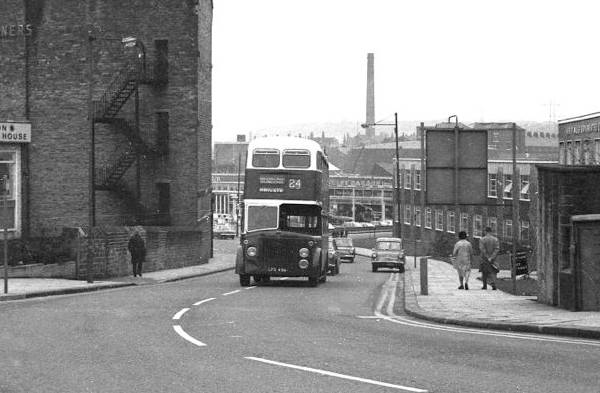

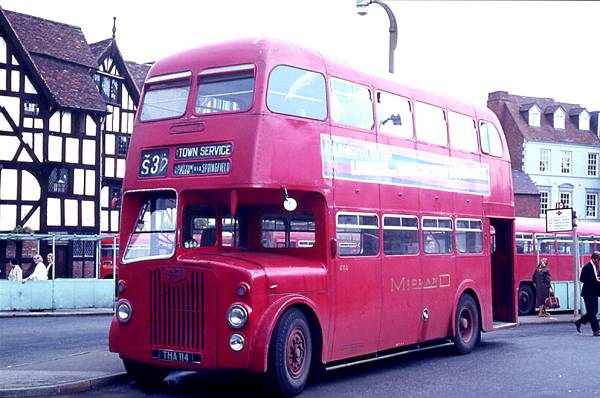
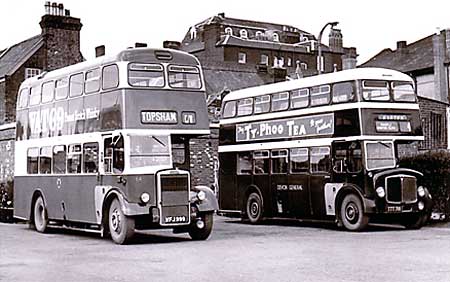
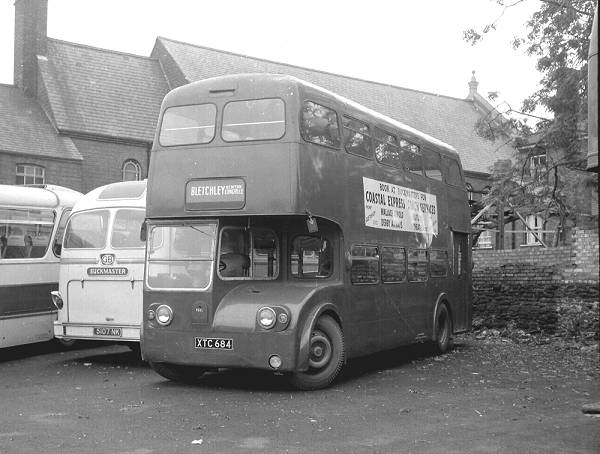
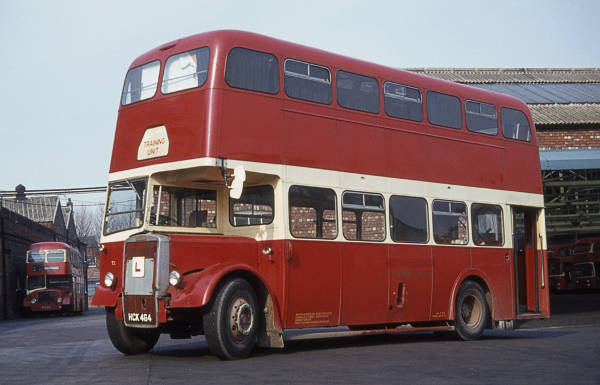
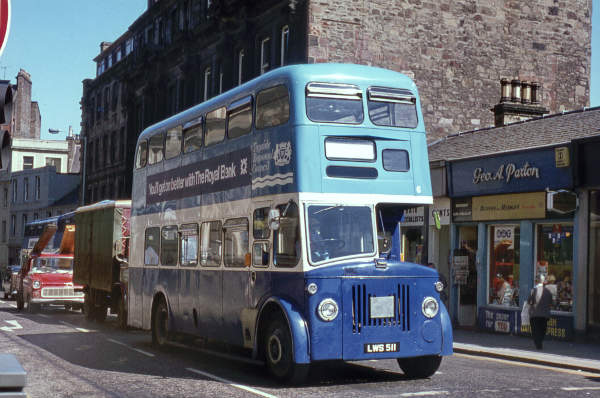
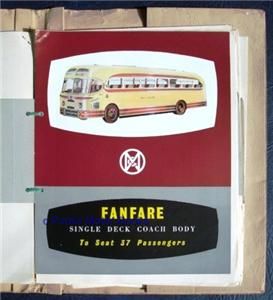
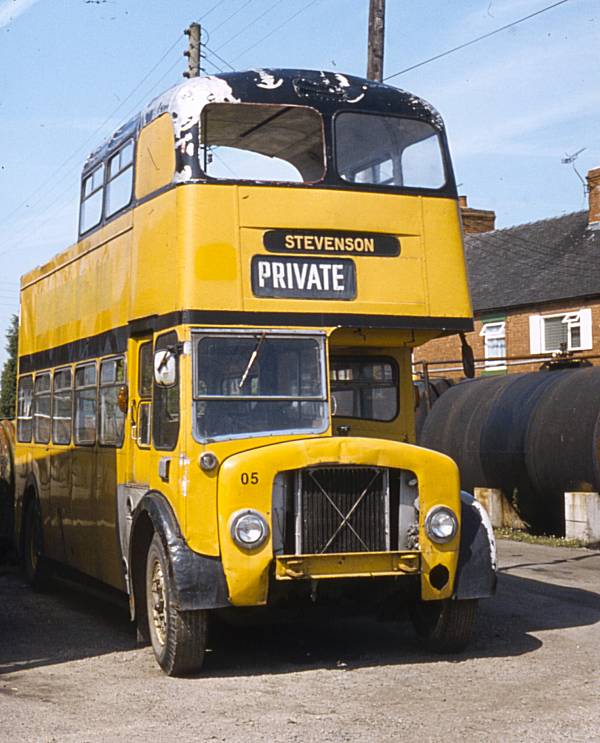
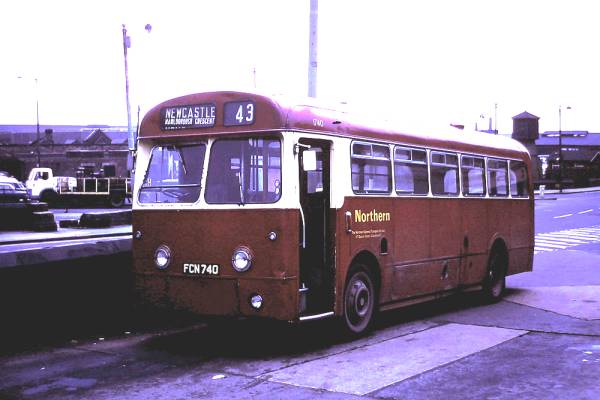
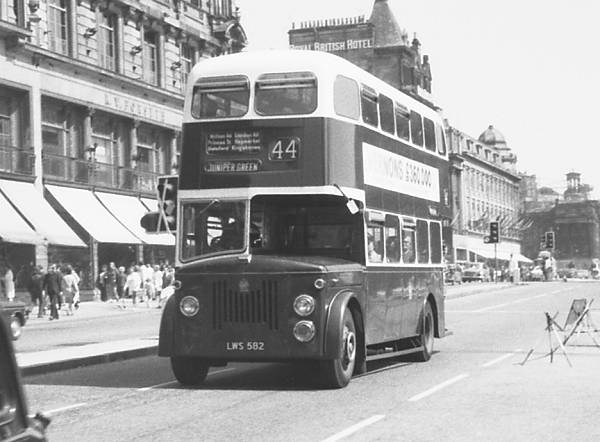
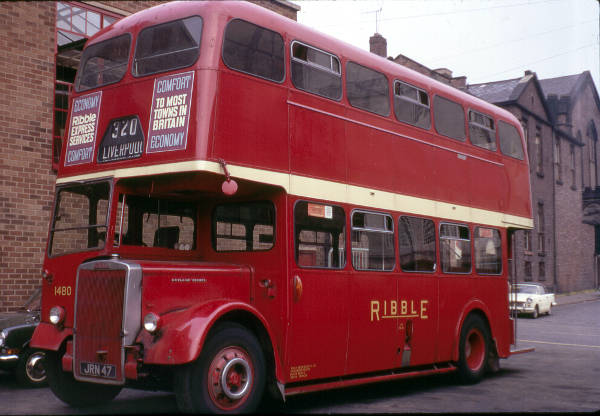
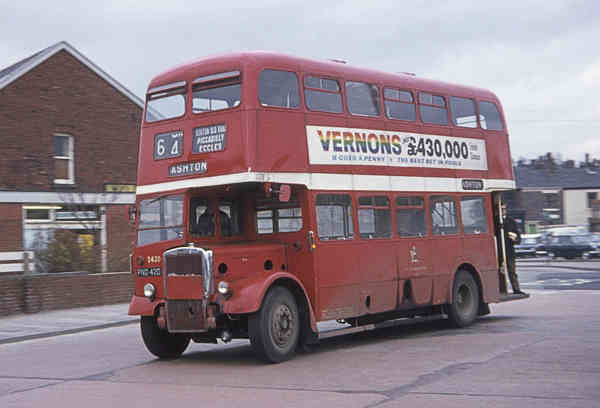
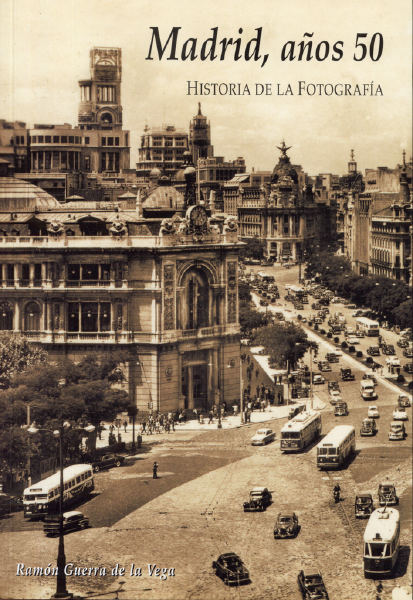
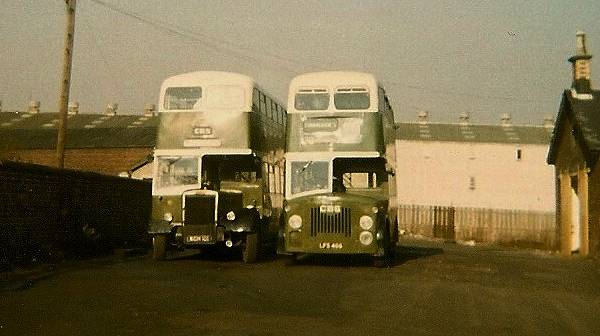
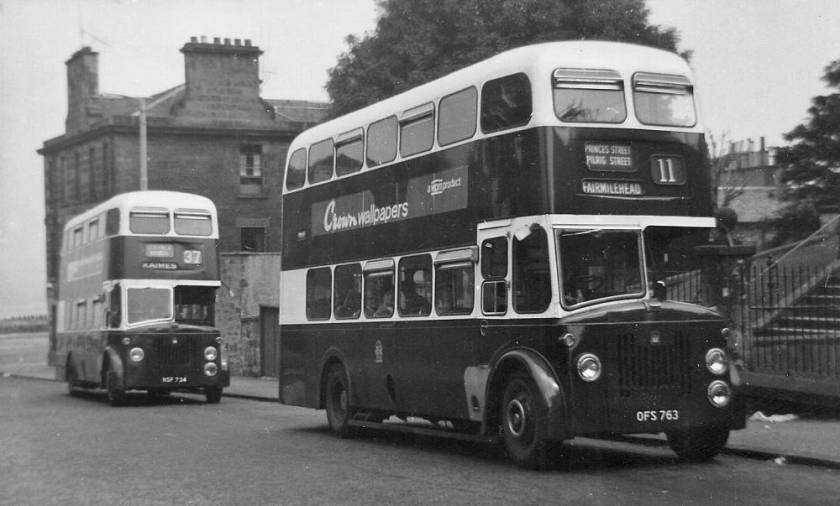
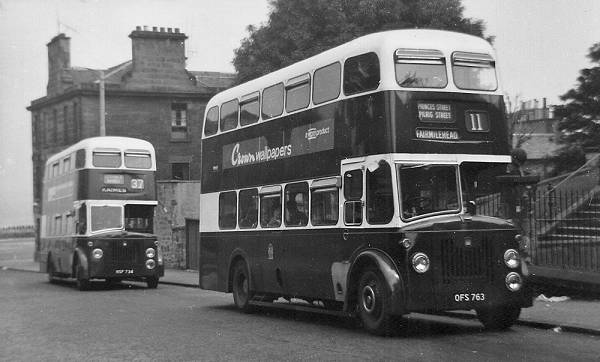
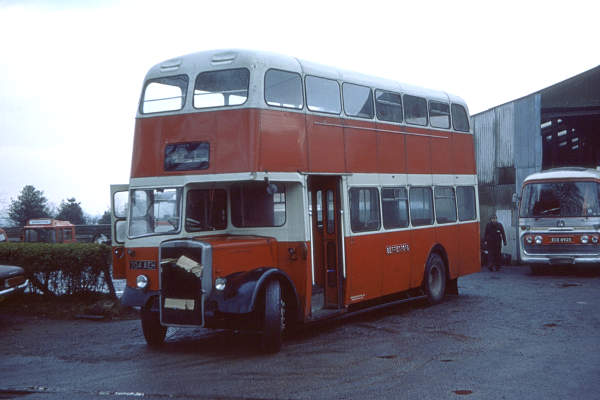
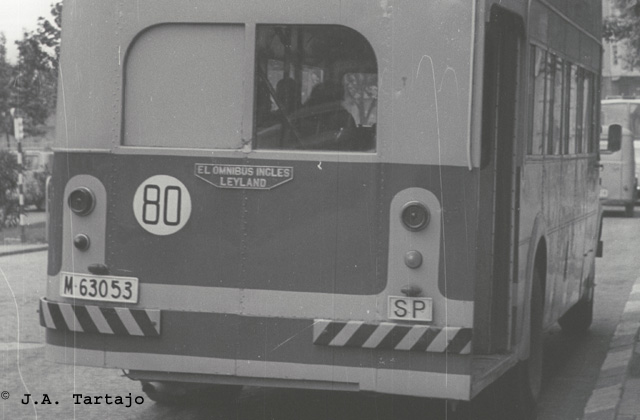
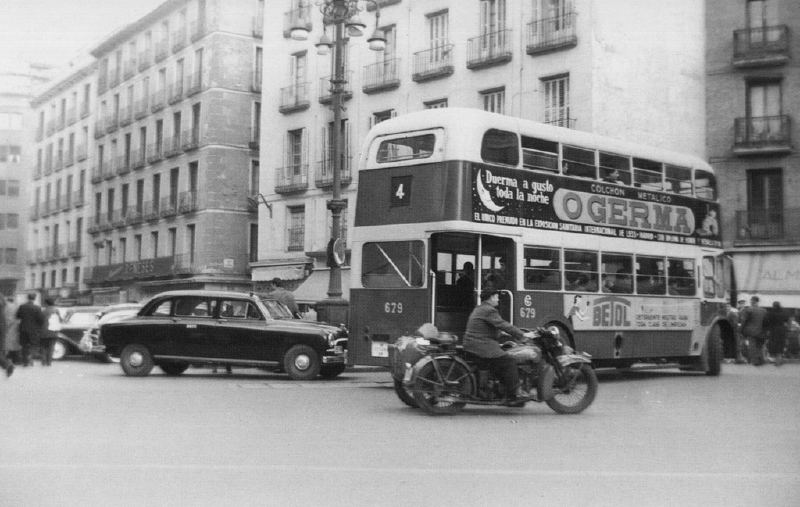
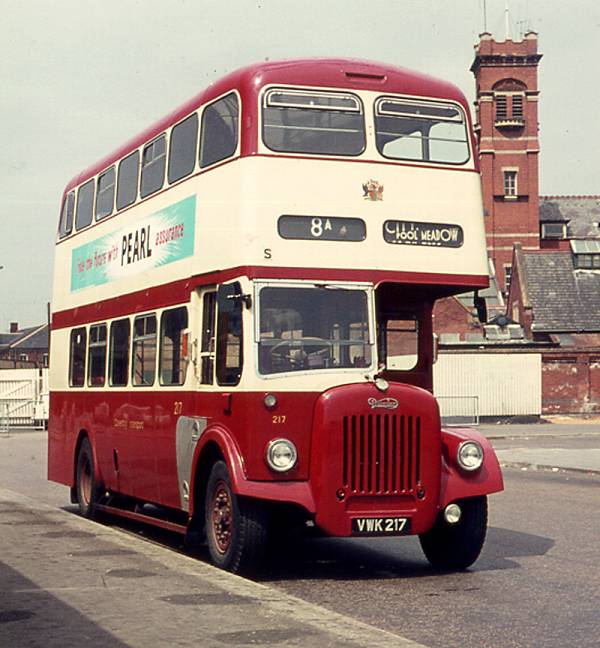
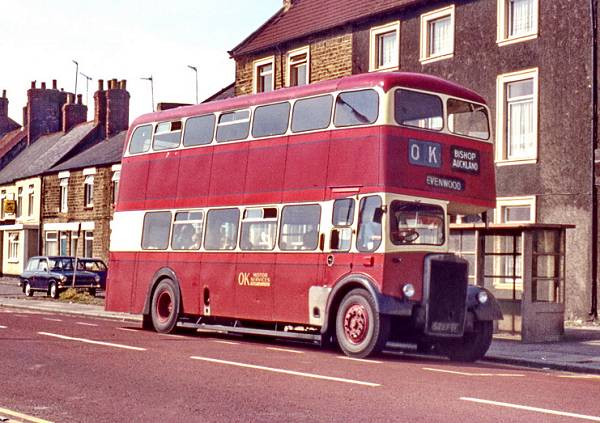
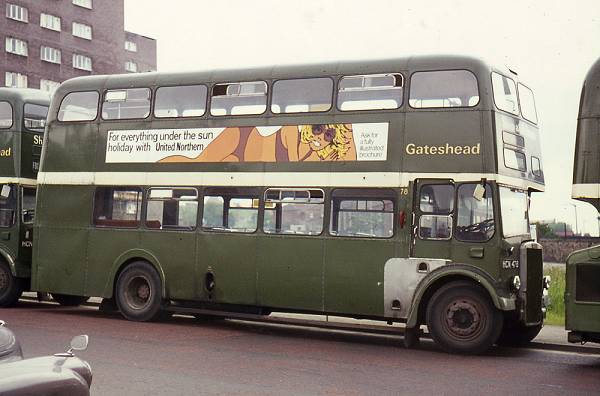
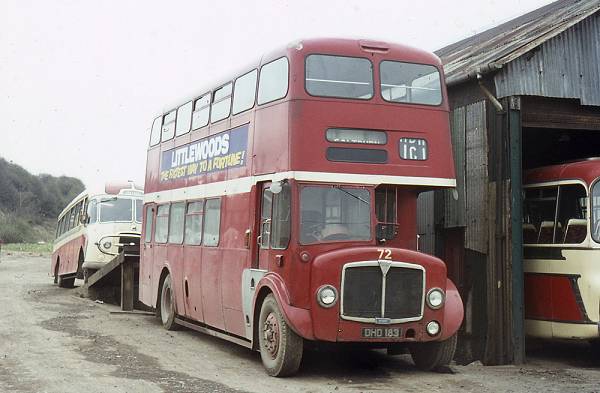
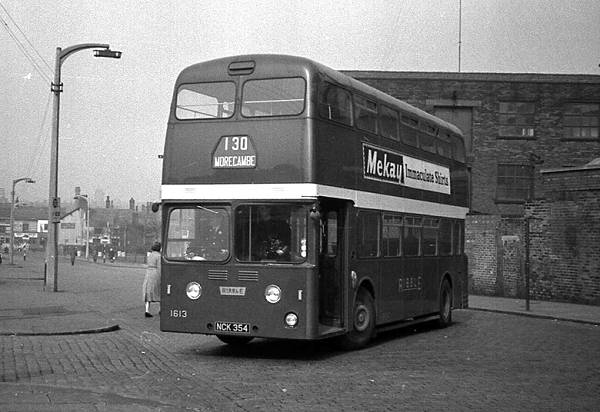
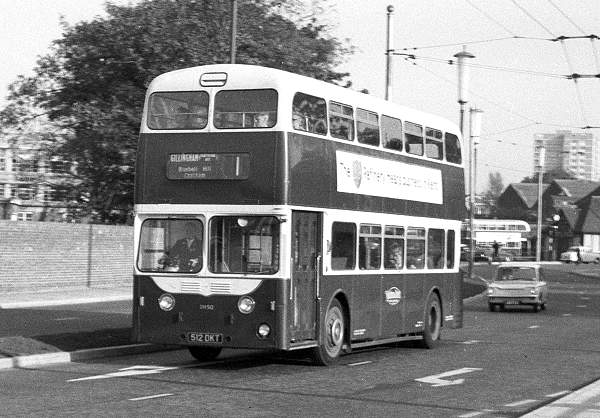
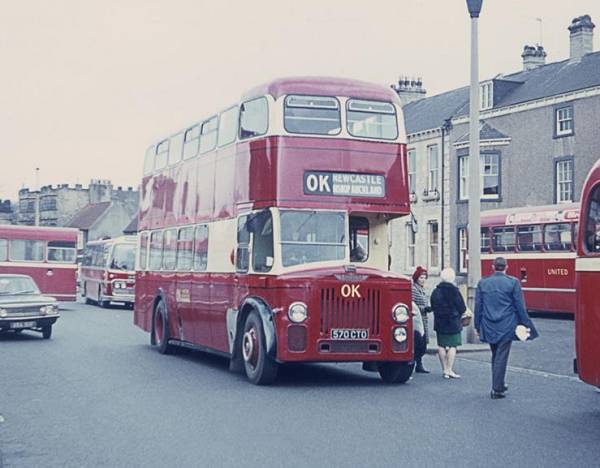
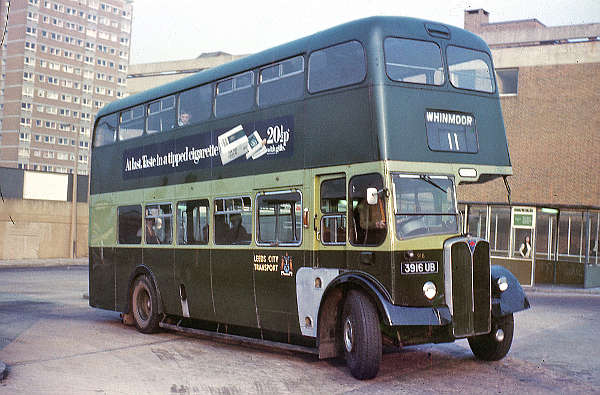
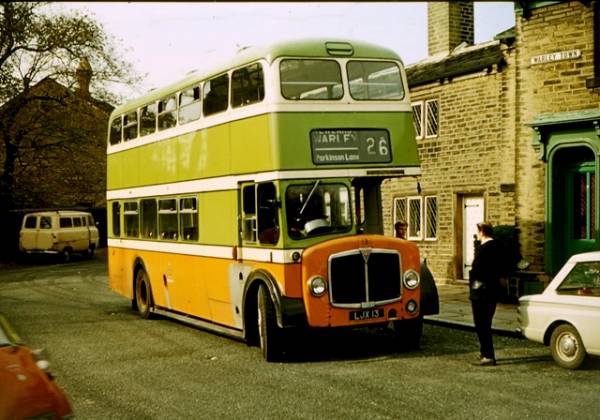
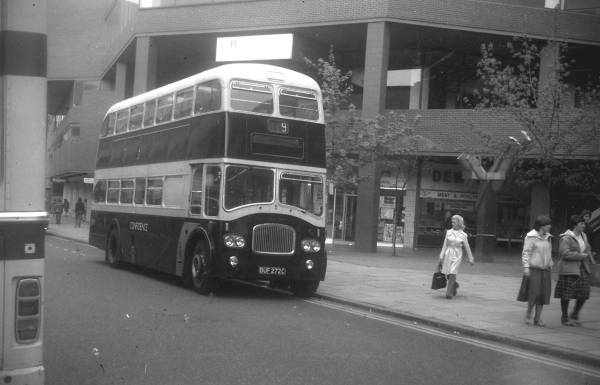
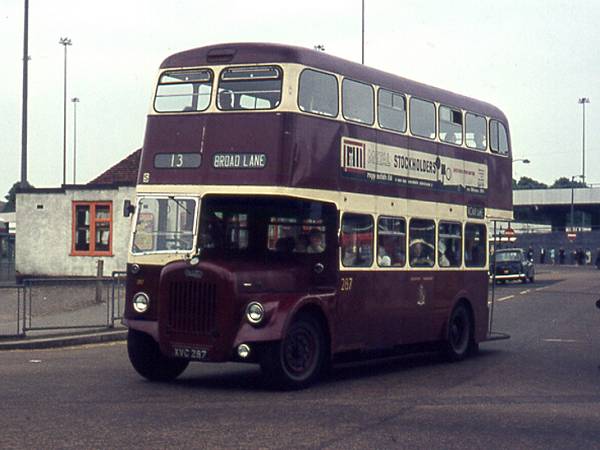
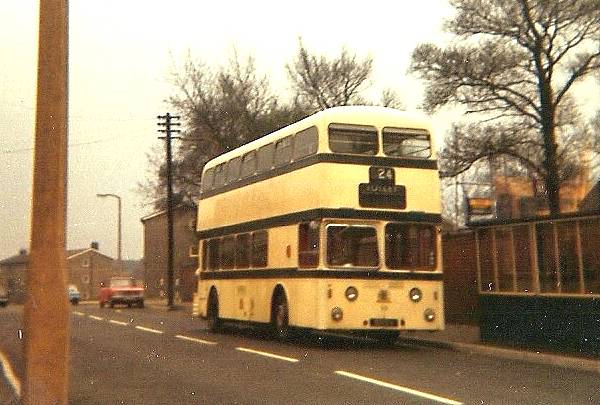
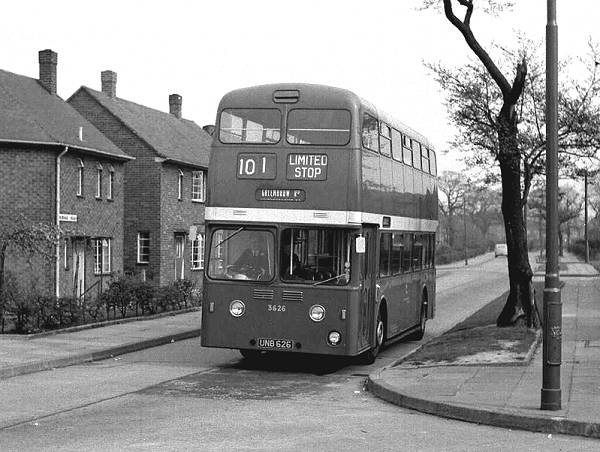
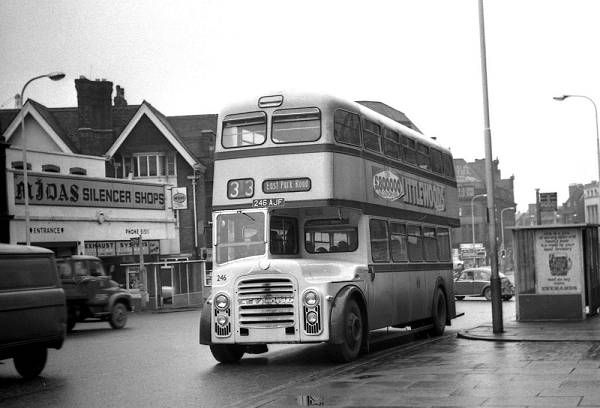
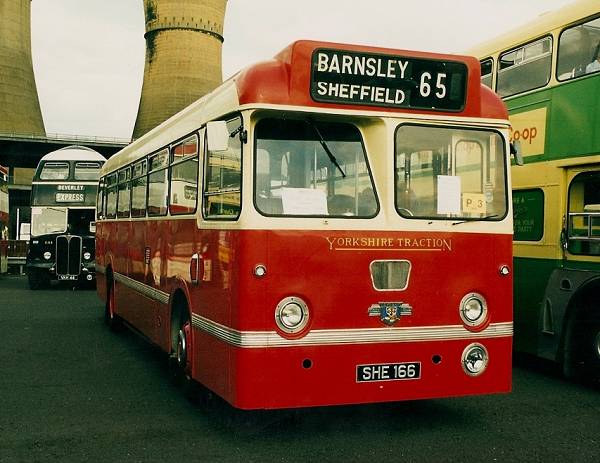
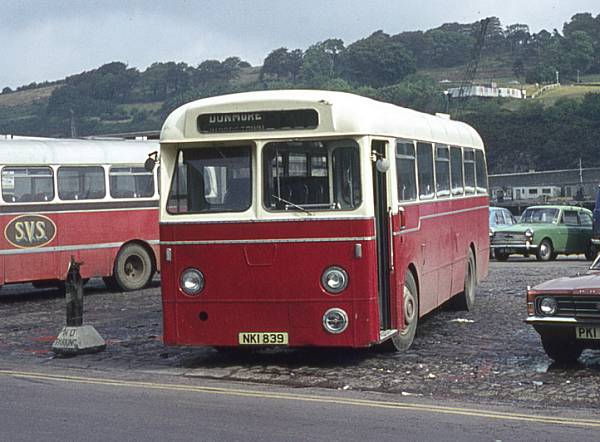
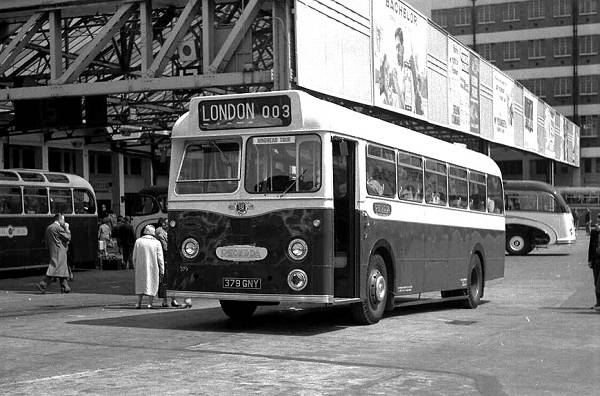
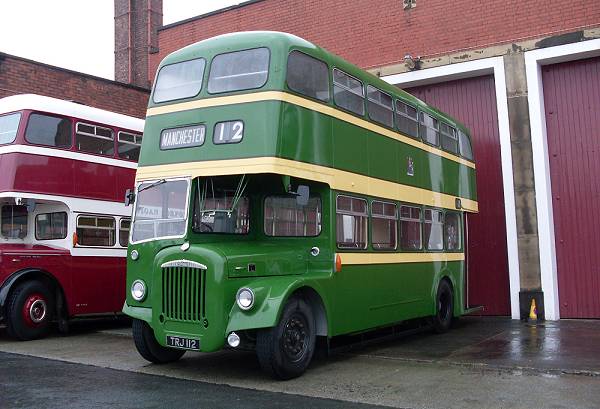
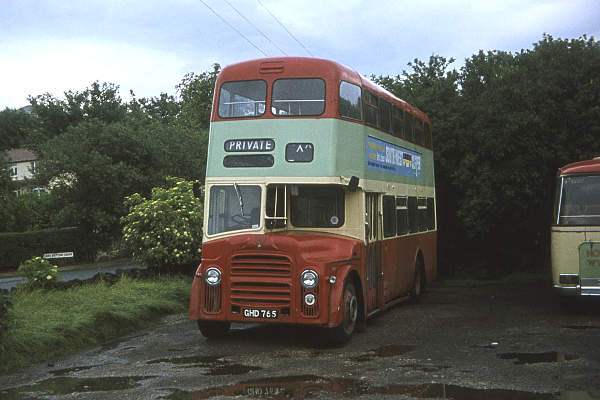
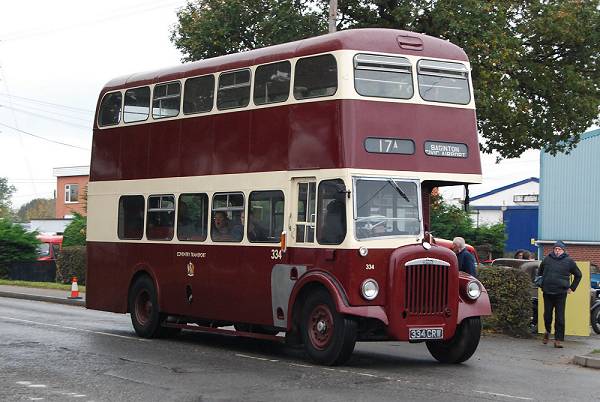
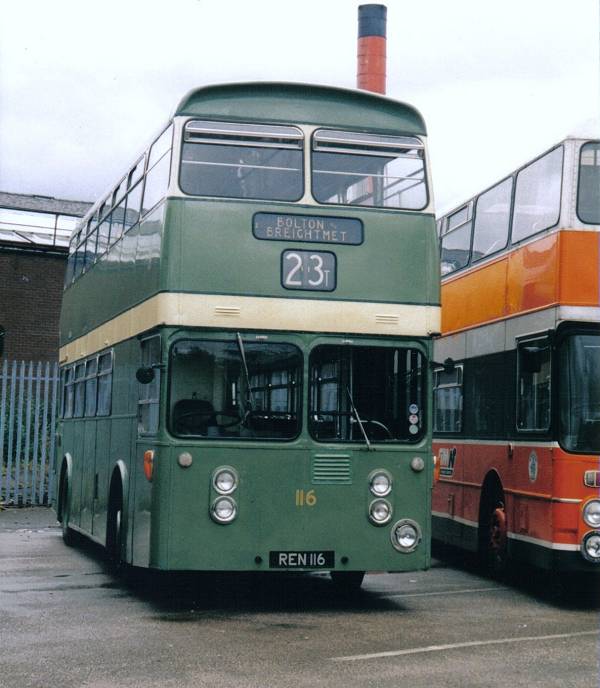
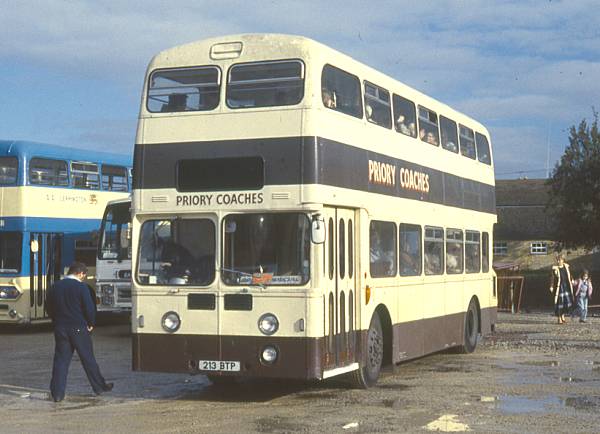
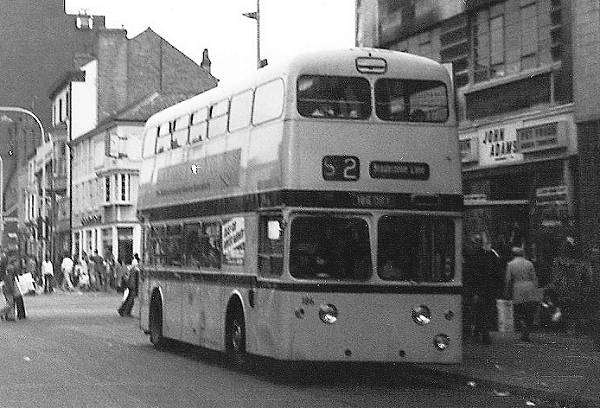
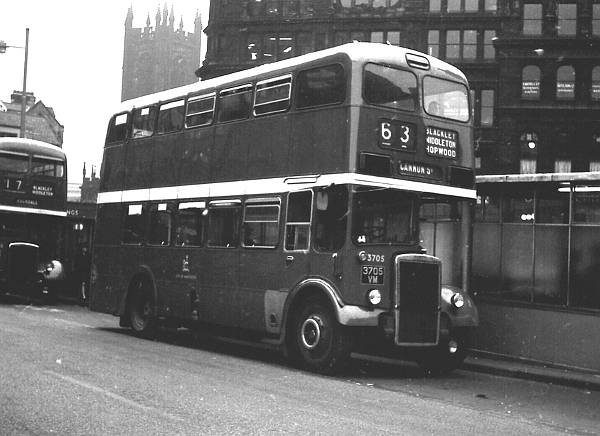
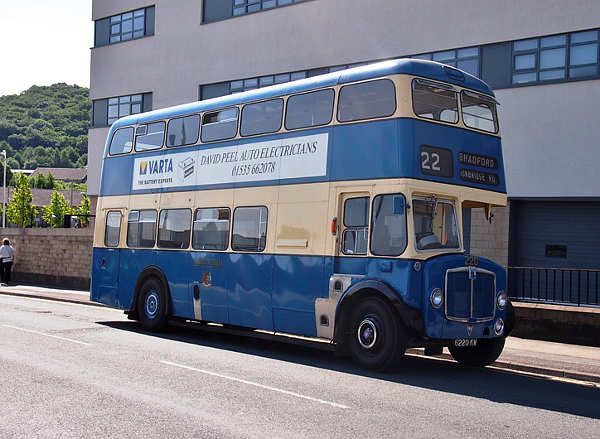
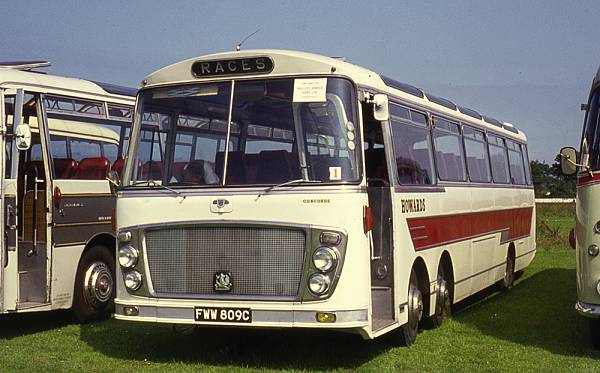
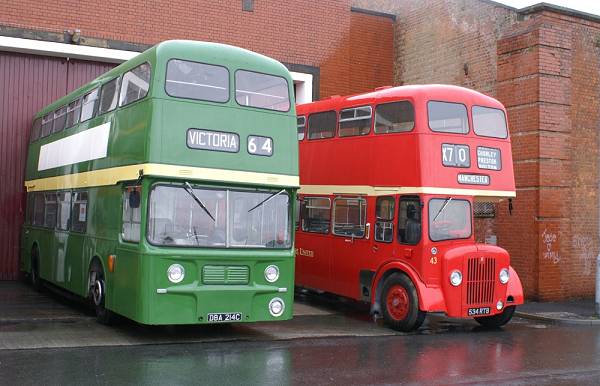
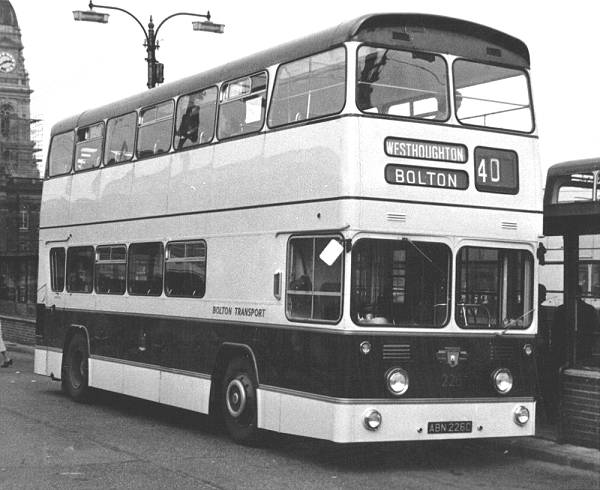
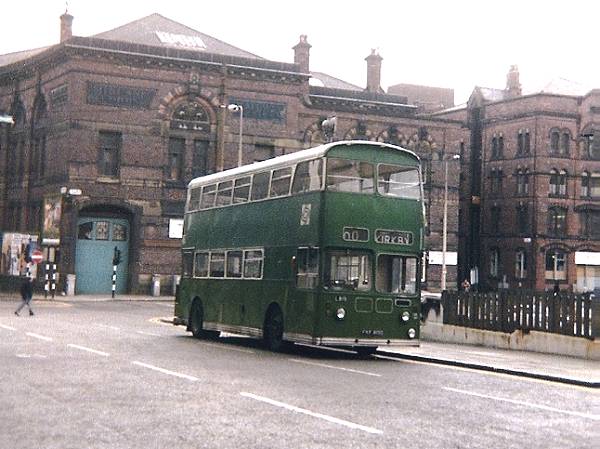
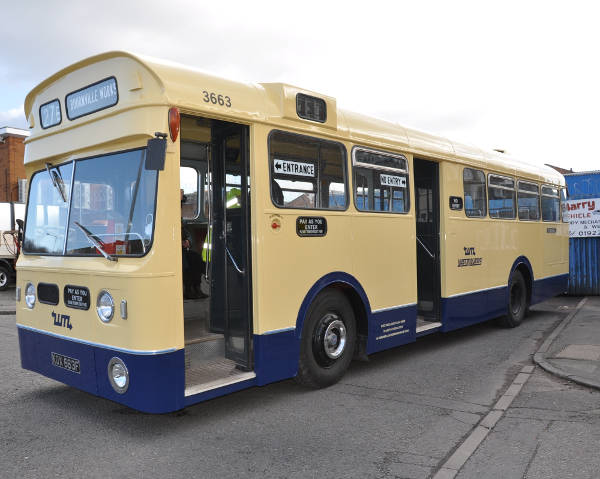
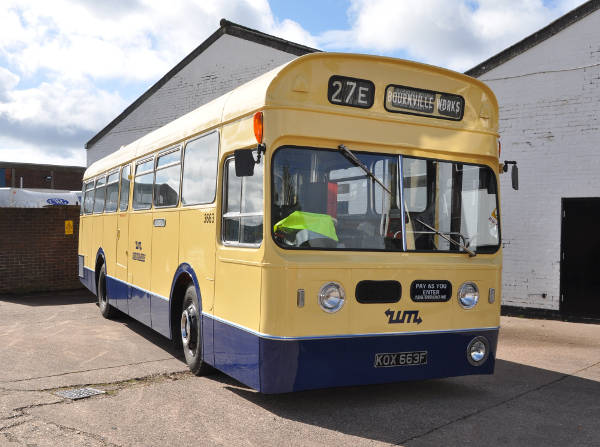
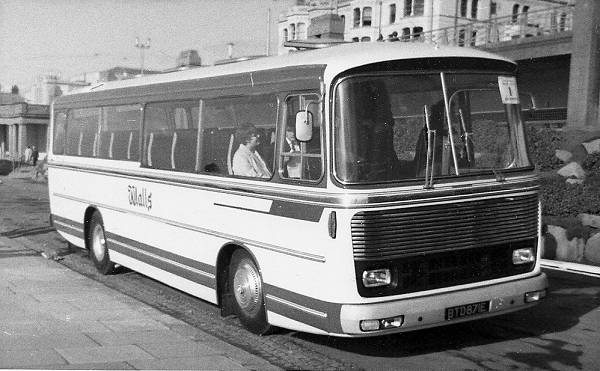
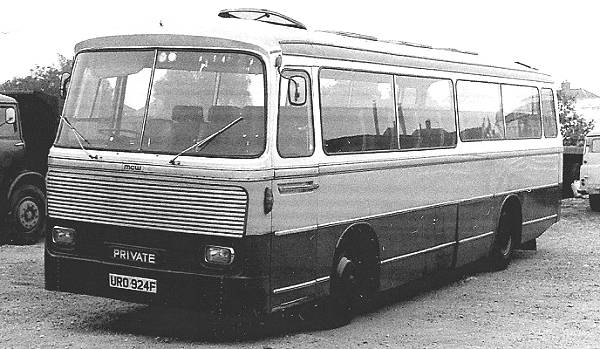
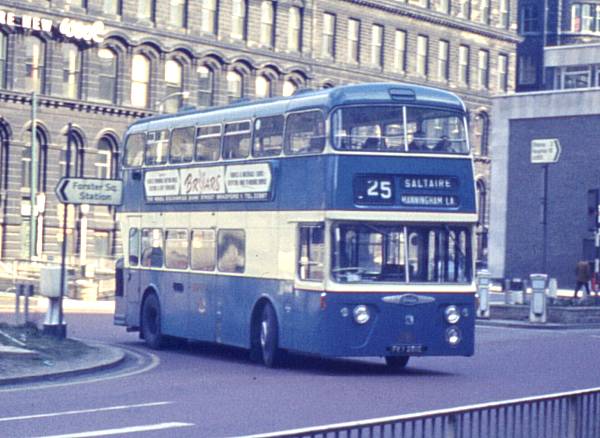
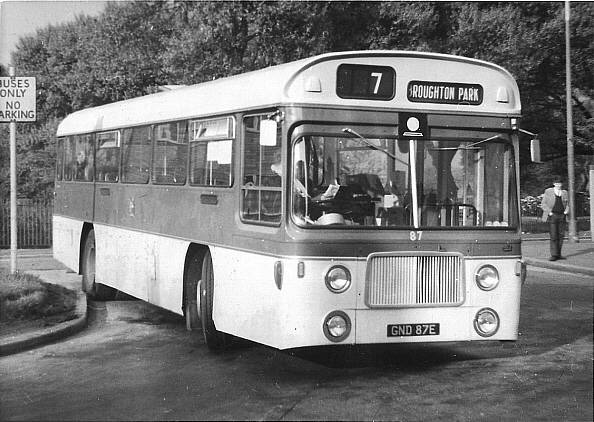
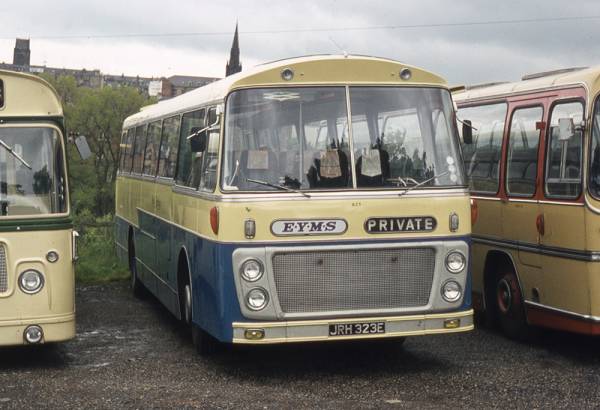
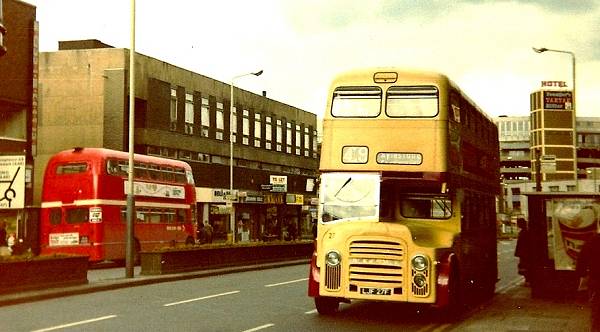
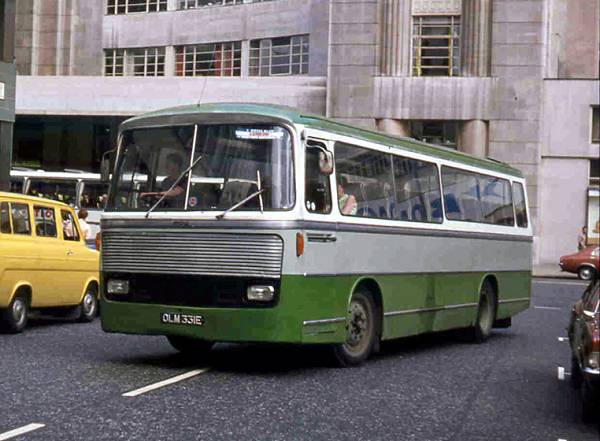
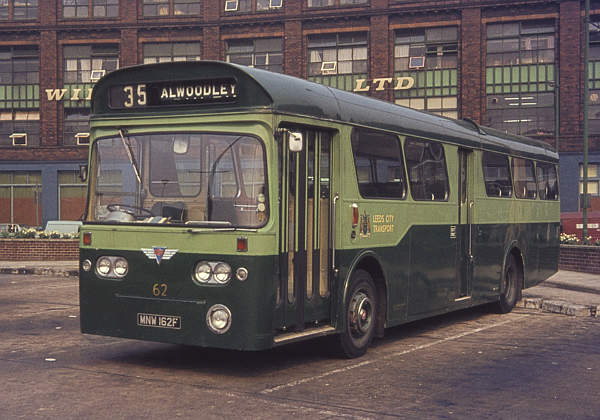
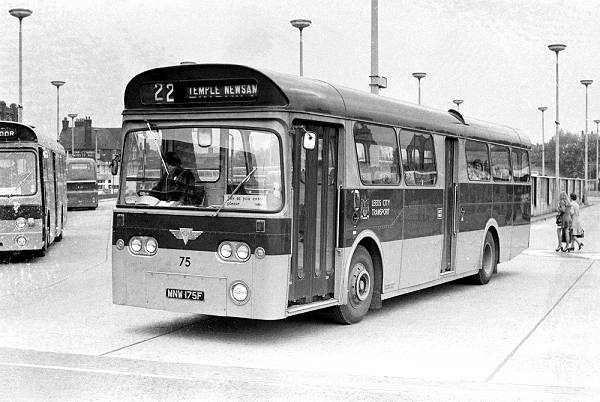
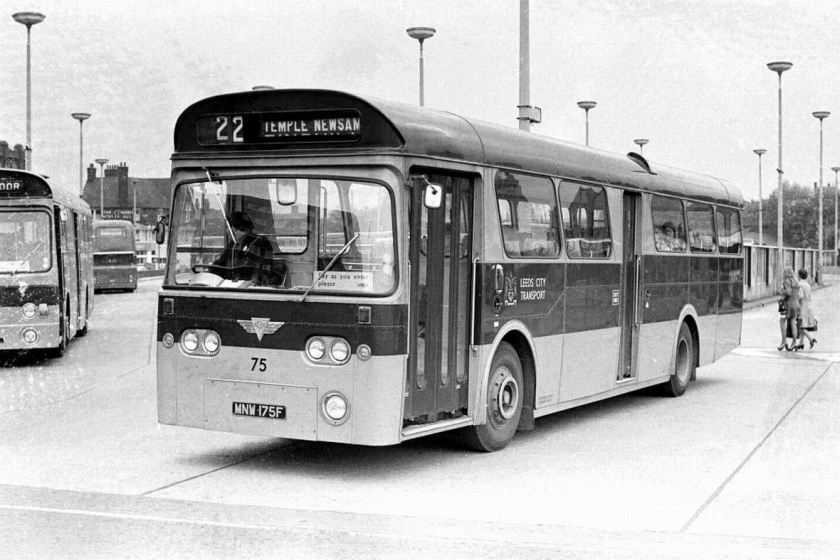
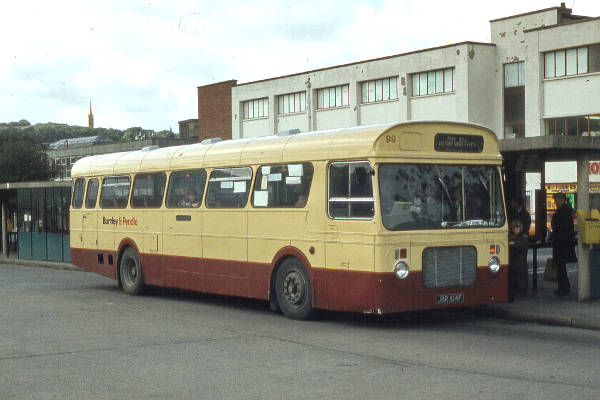
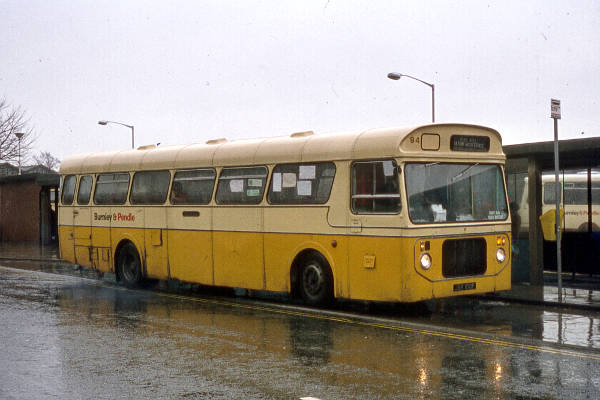
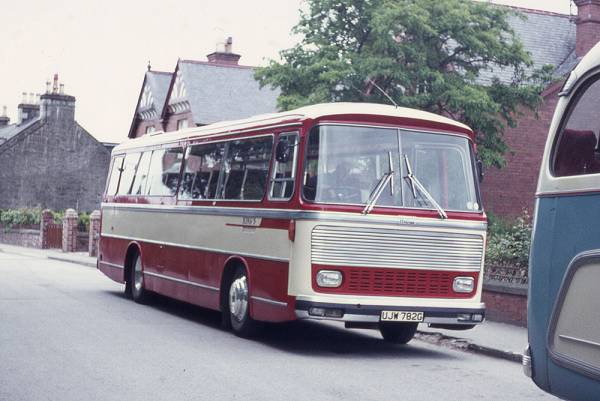
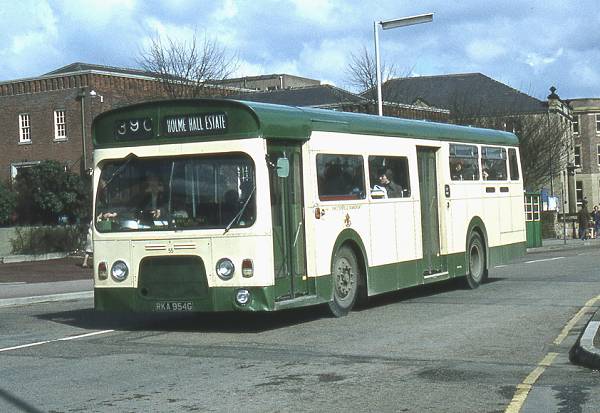
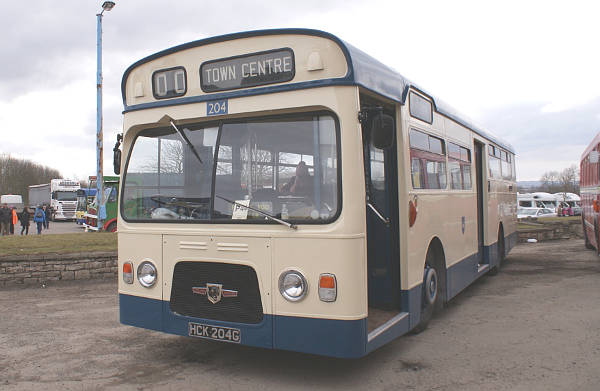
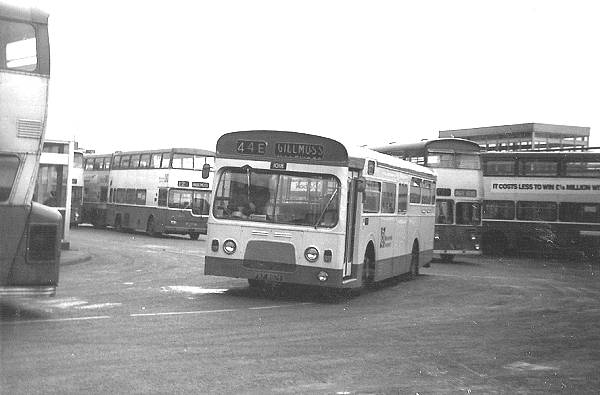
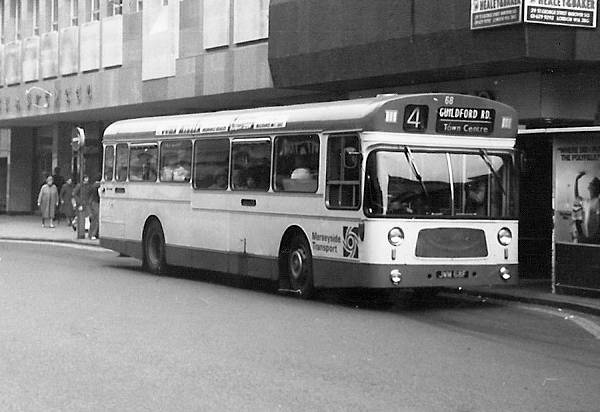
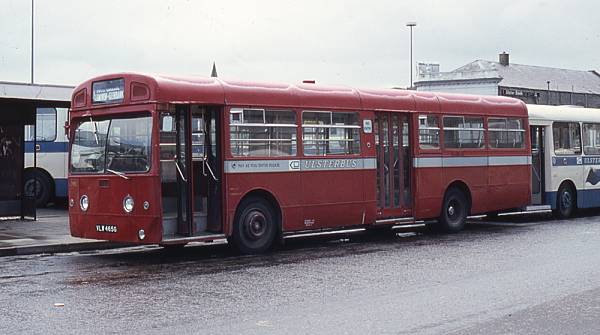
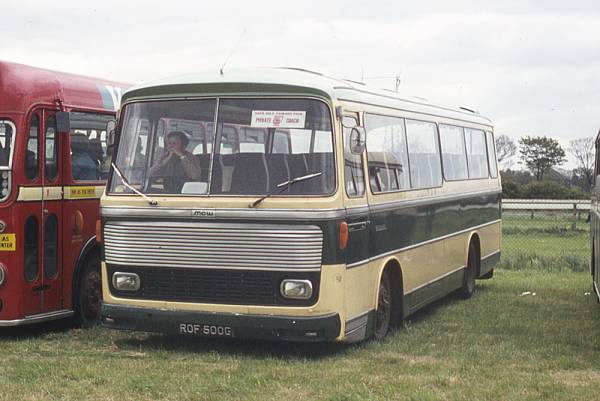
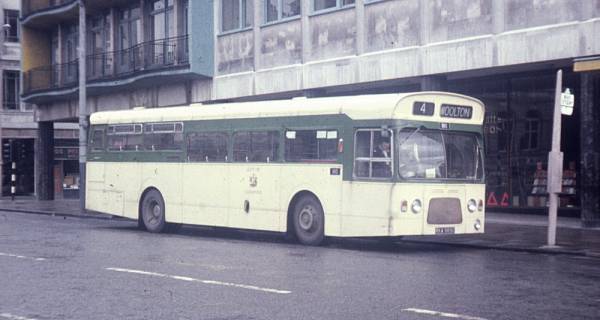
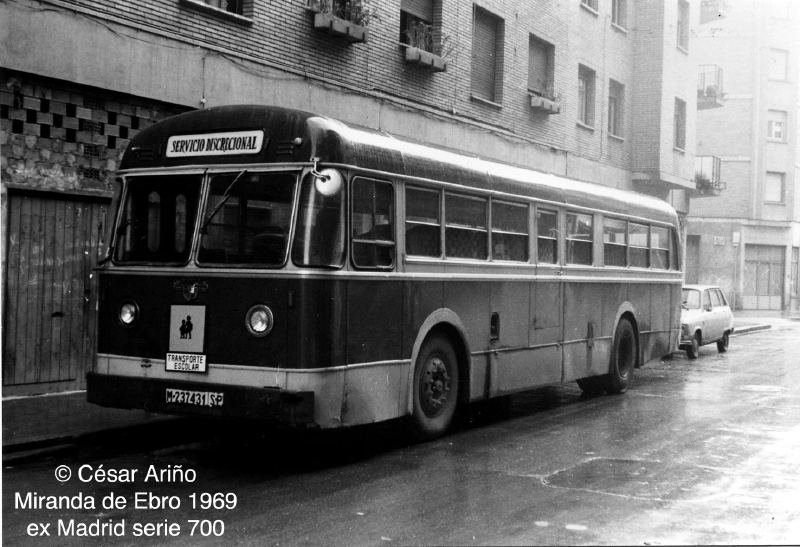
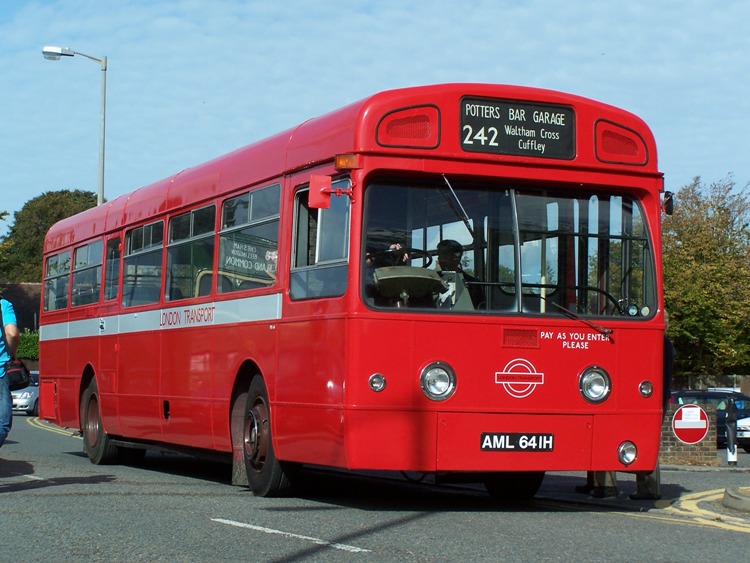

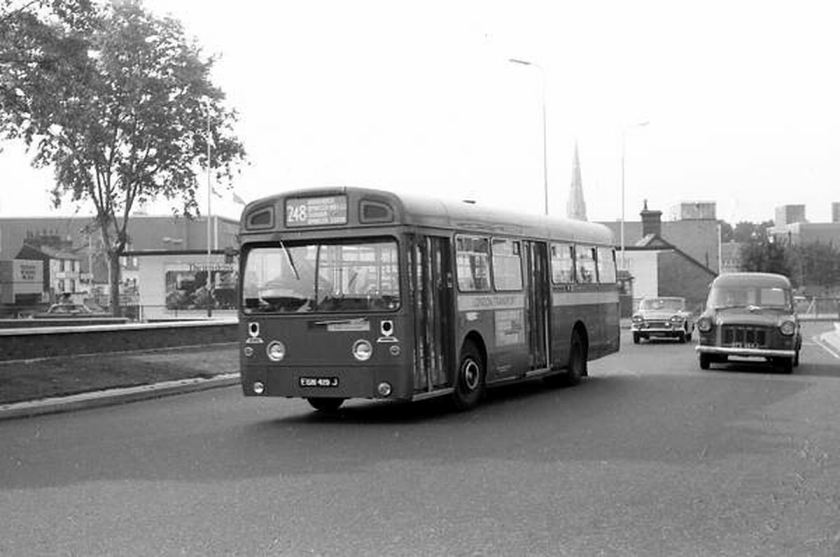
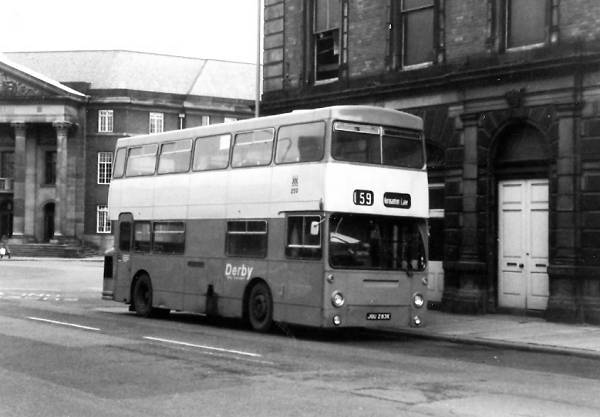
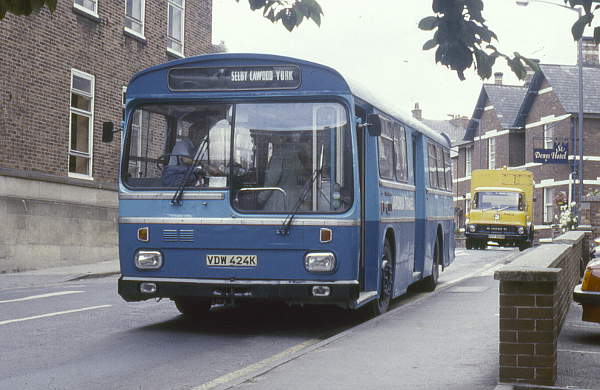
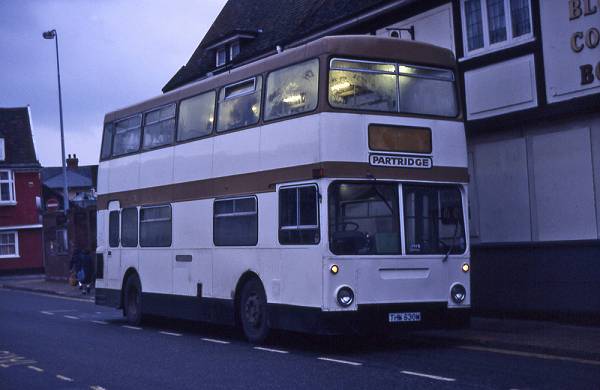
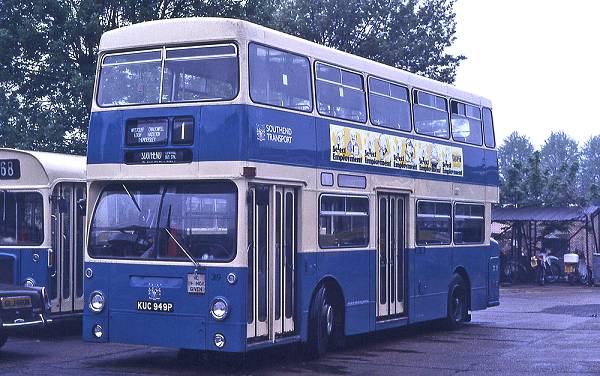
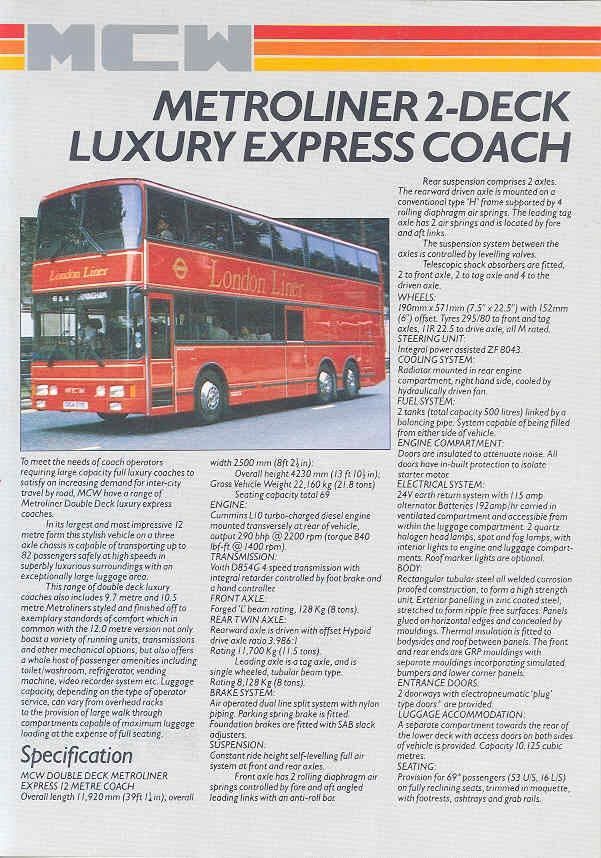
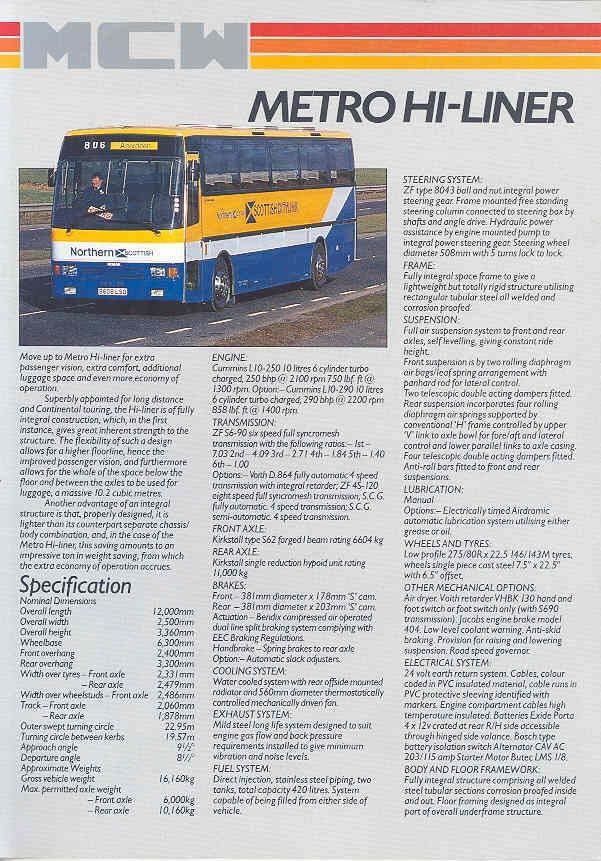
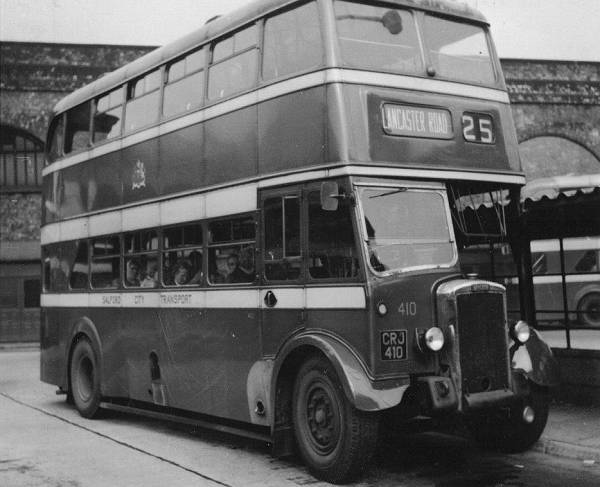
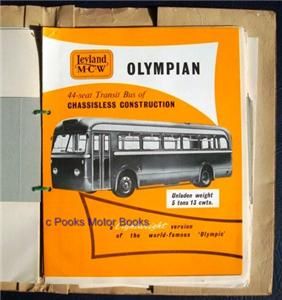
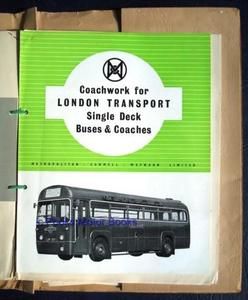
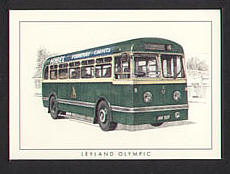

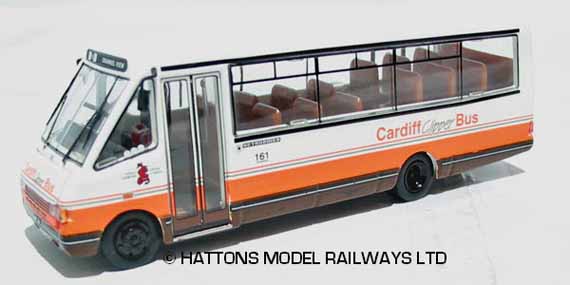
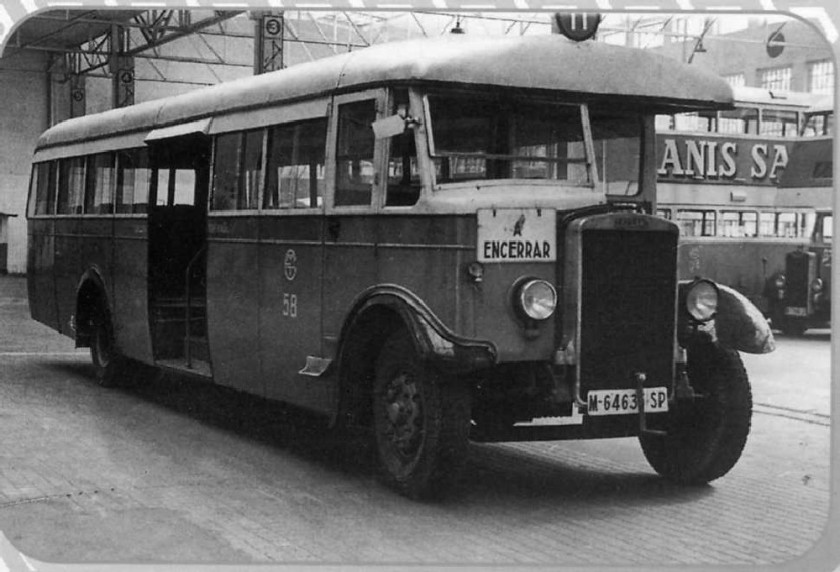
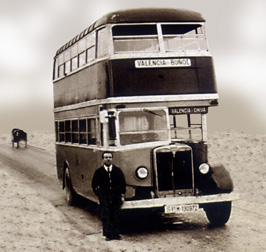
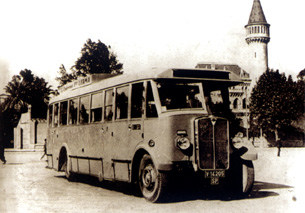

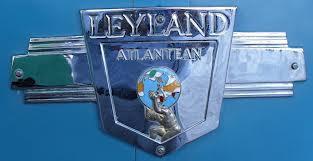
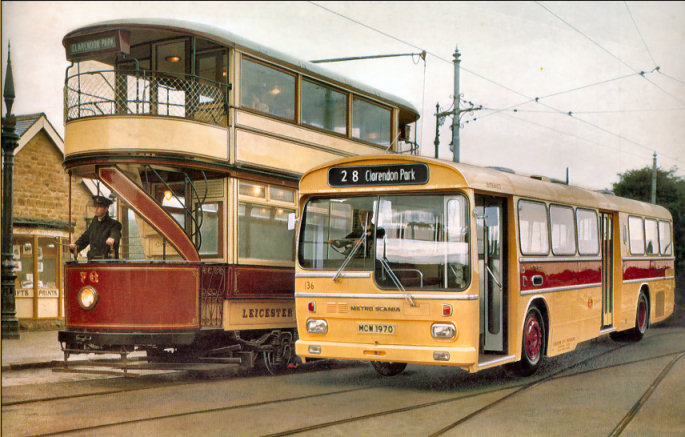
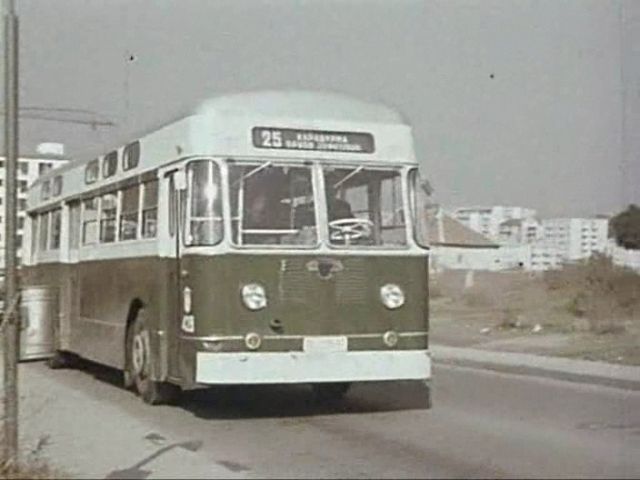
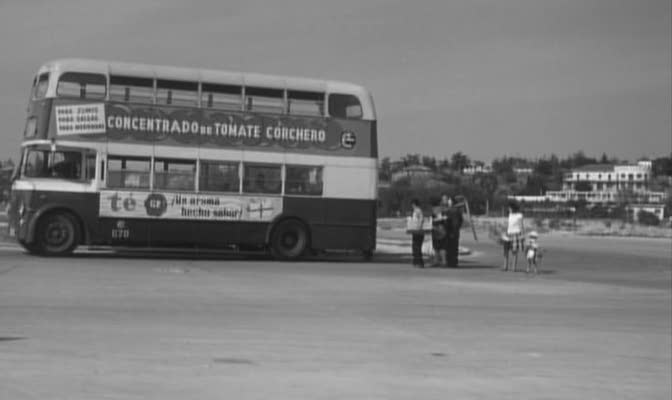
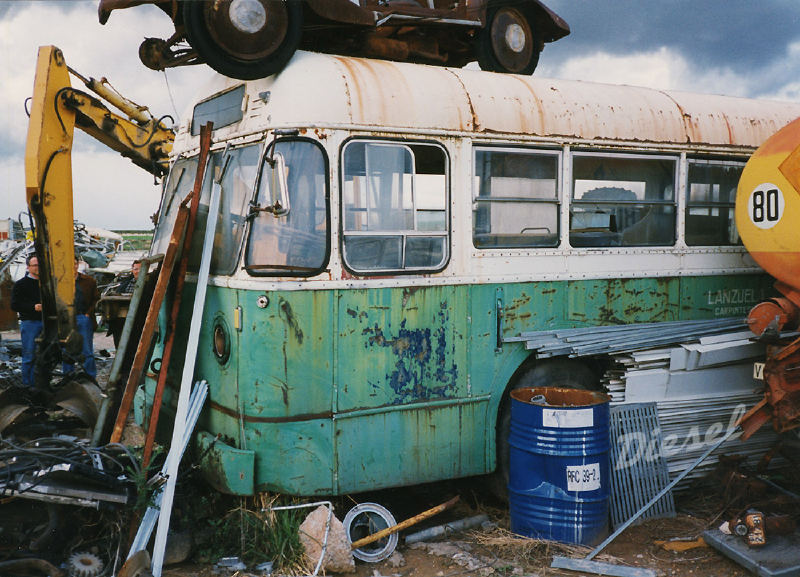
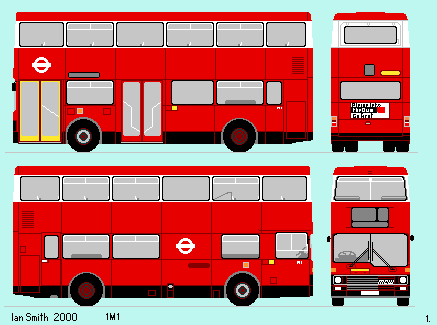
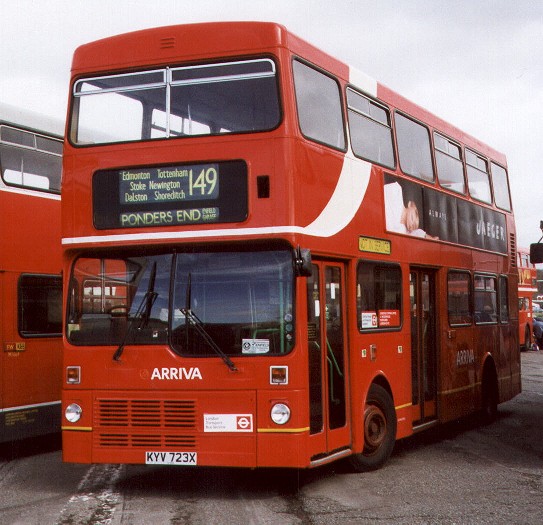
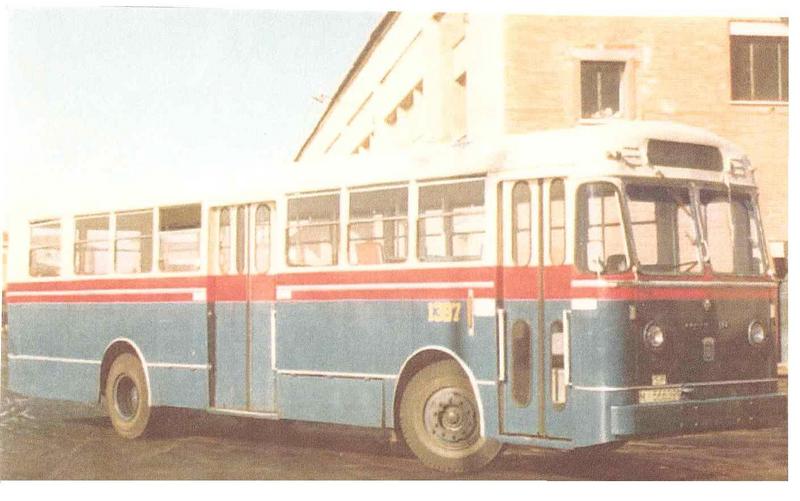
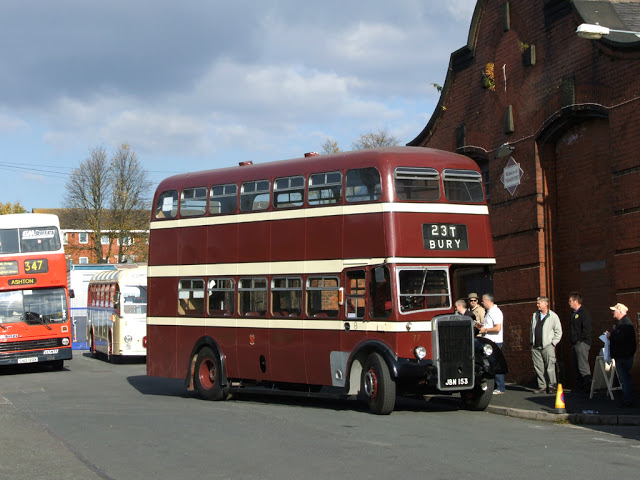
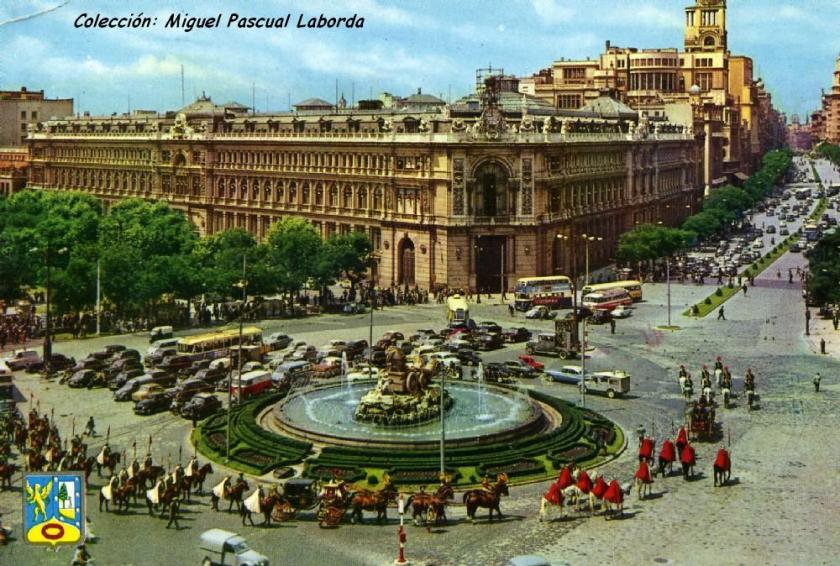
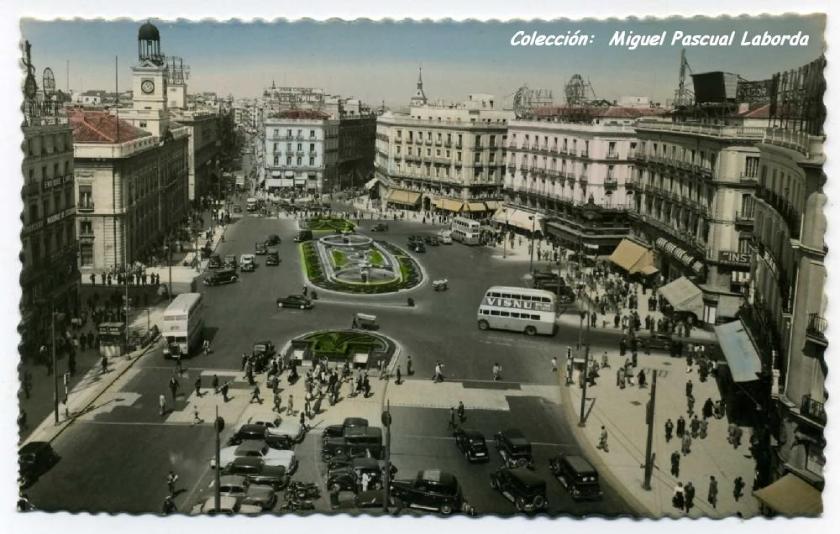
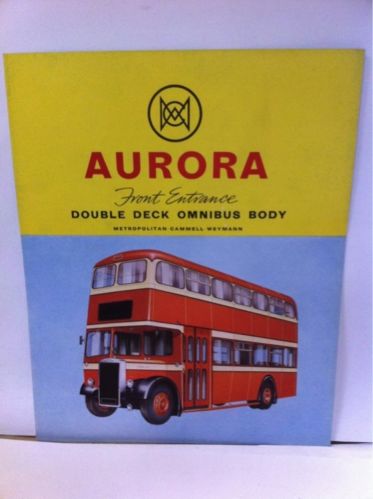
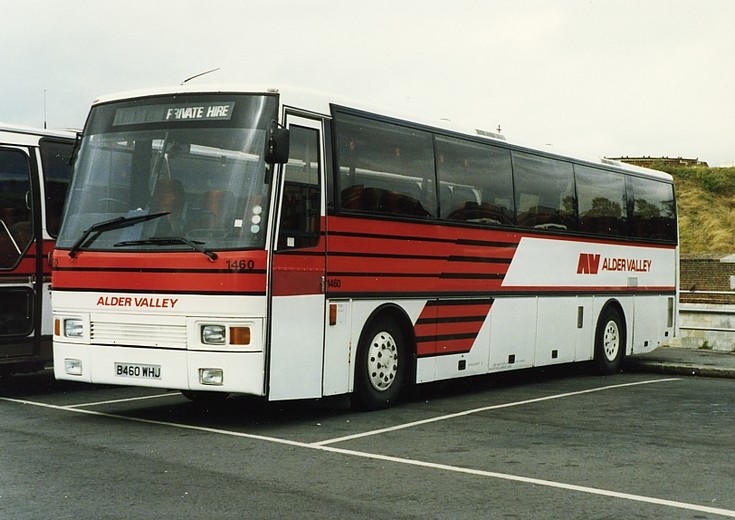
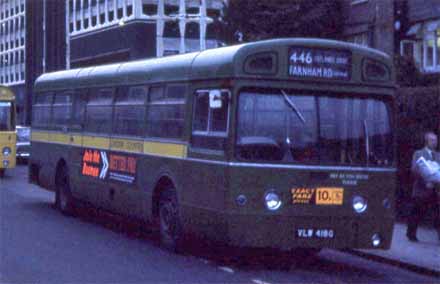
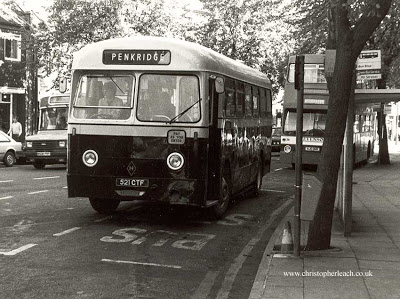
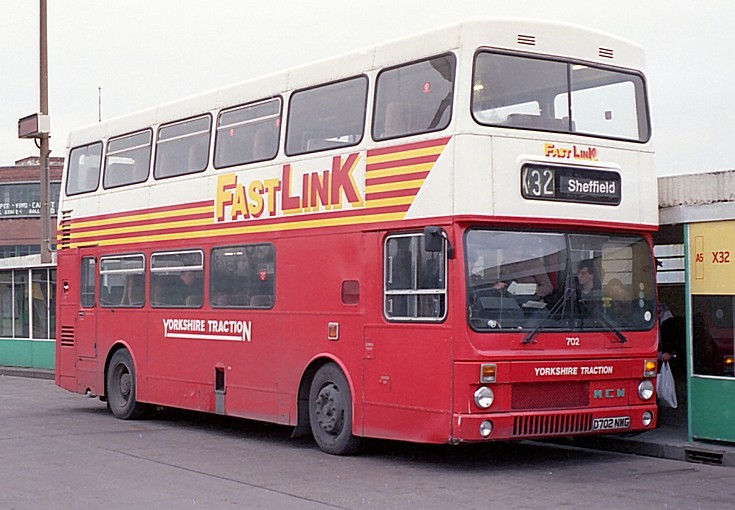
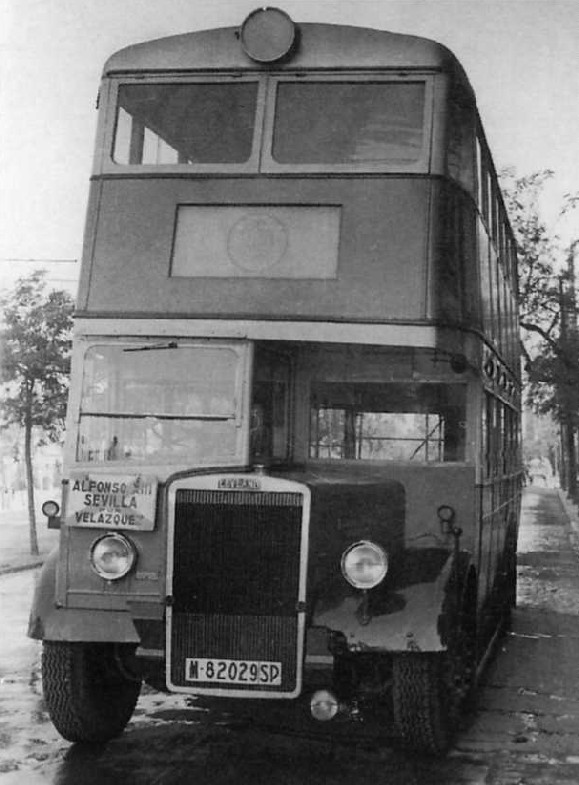
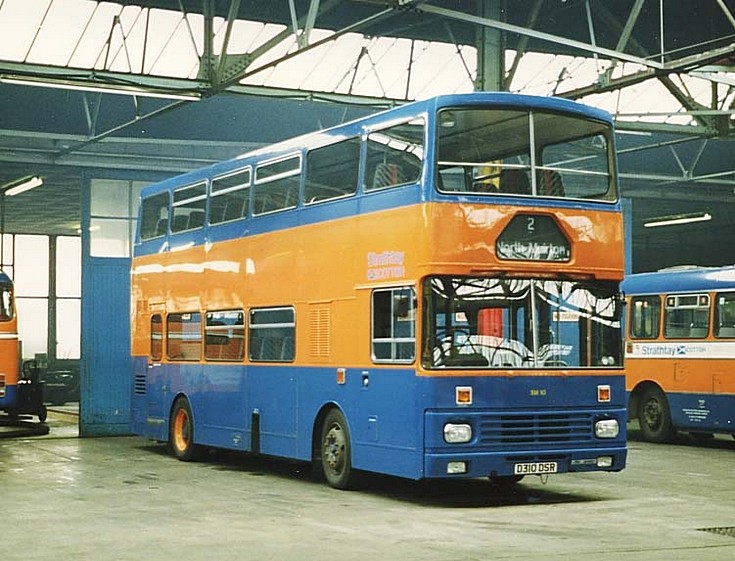
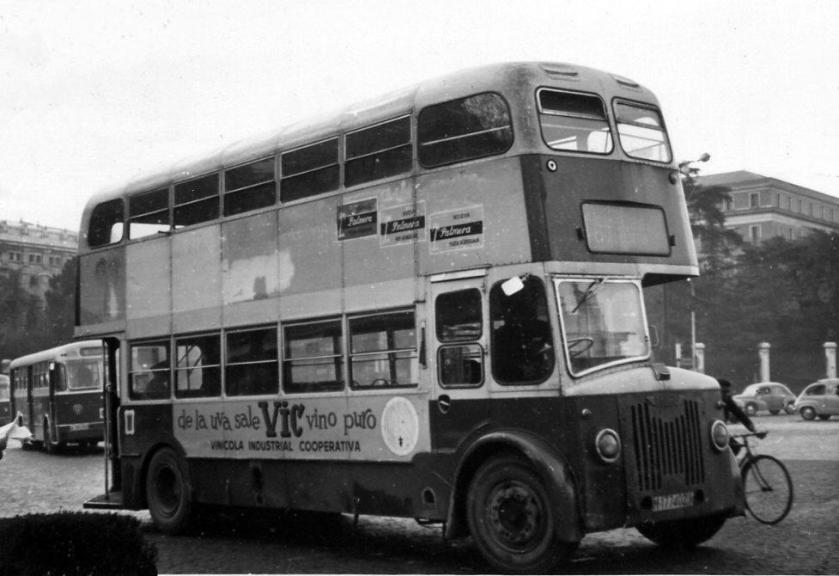
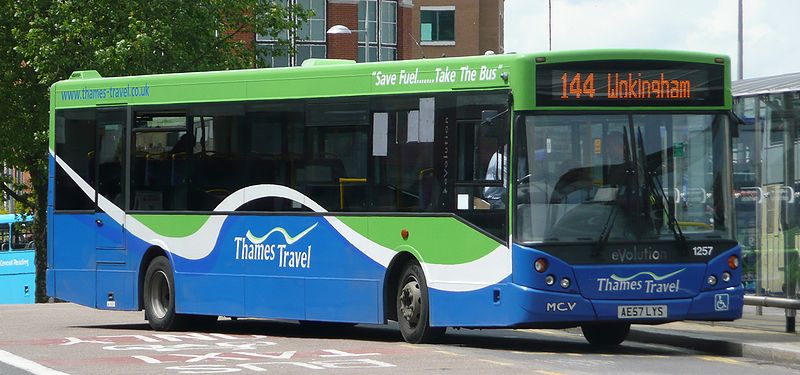
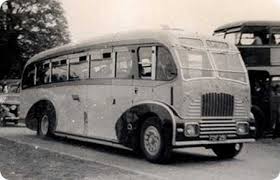
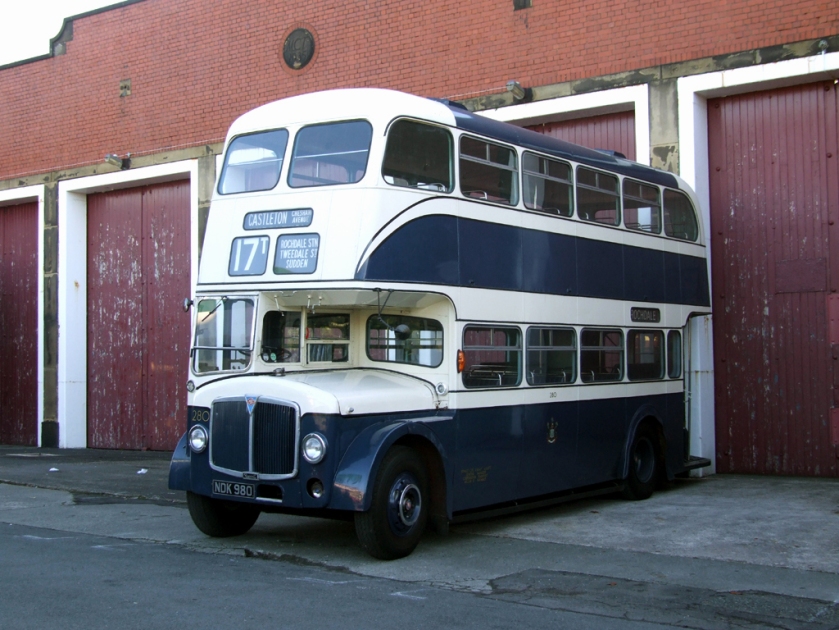
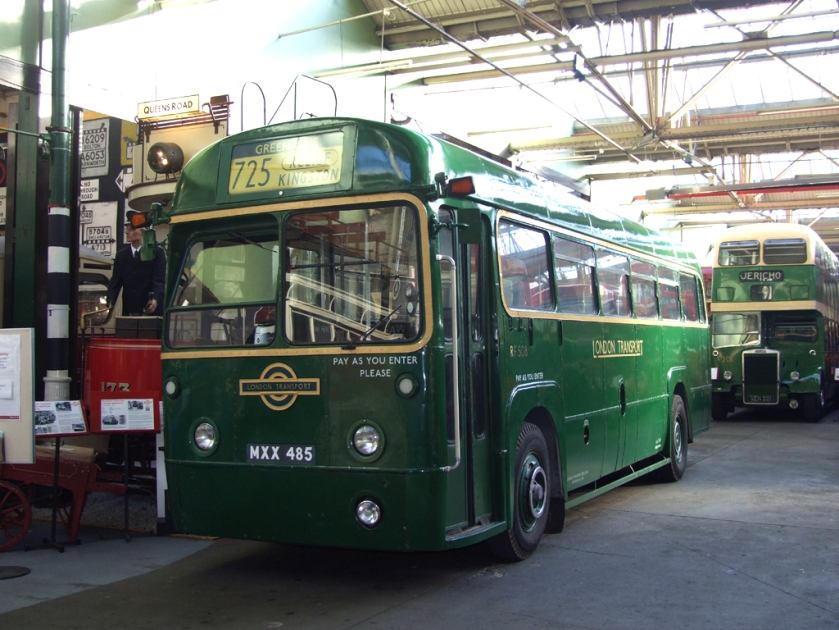
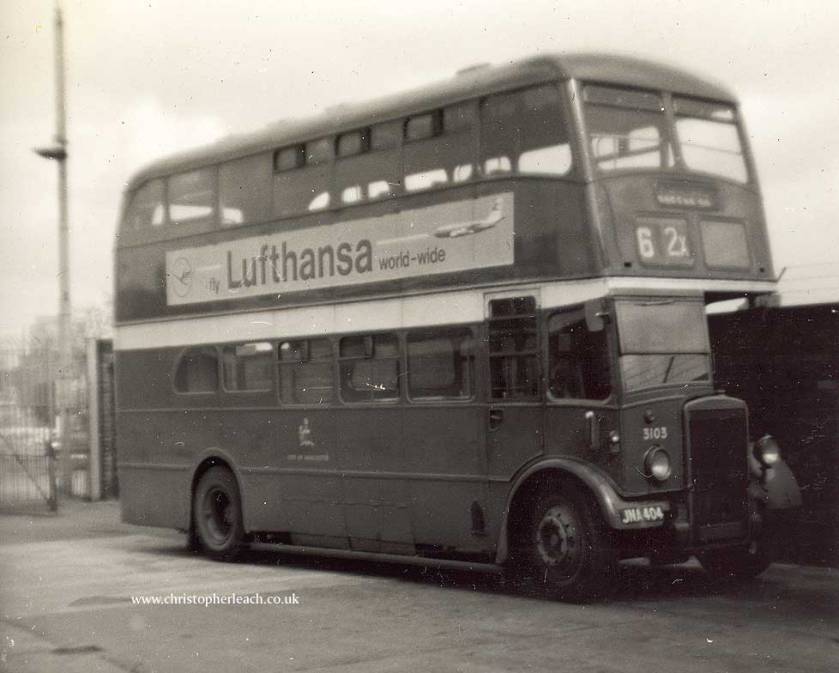
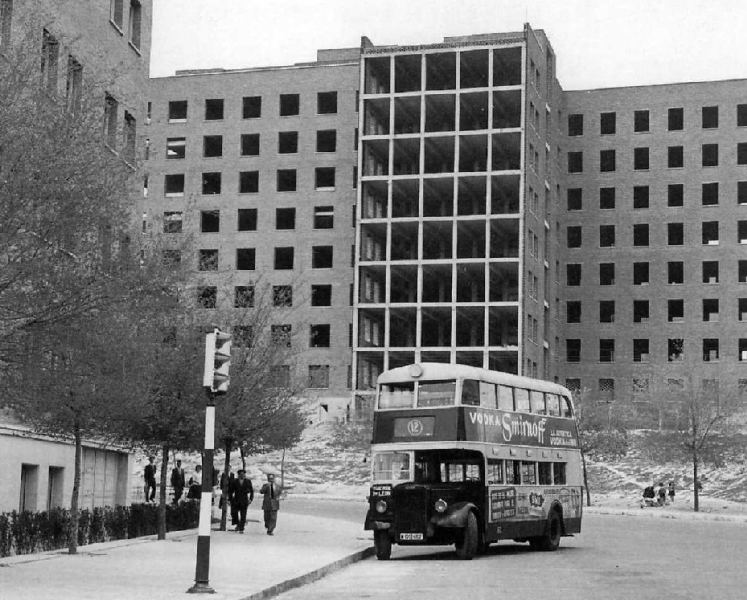
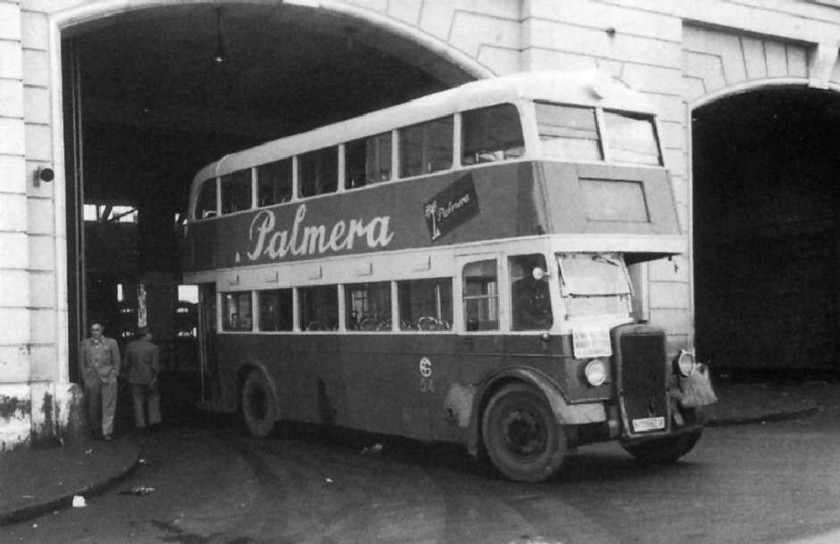
![MCW Leyland bus [link] several times in Montevideo, Uruguay,](https://myntransportblog.wordpress.com/wp-content/uploads/2014/06/mcw-leyland-bus-link-several-times-in-montevideo-uruguay.jpg?w=840)
